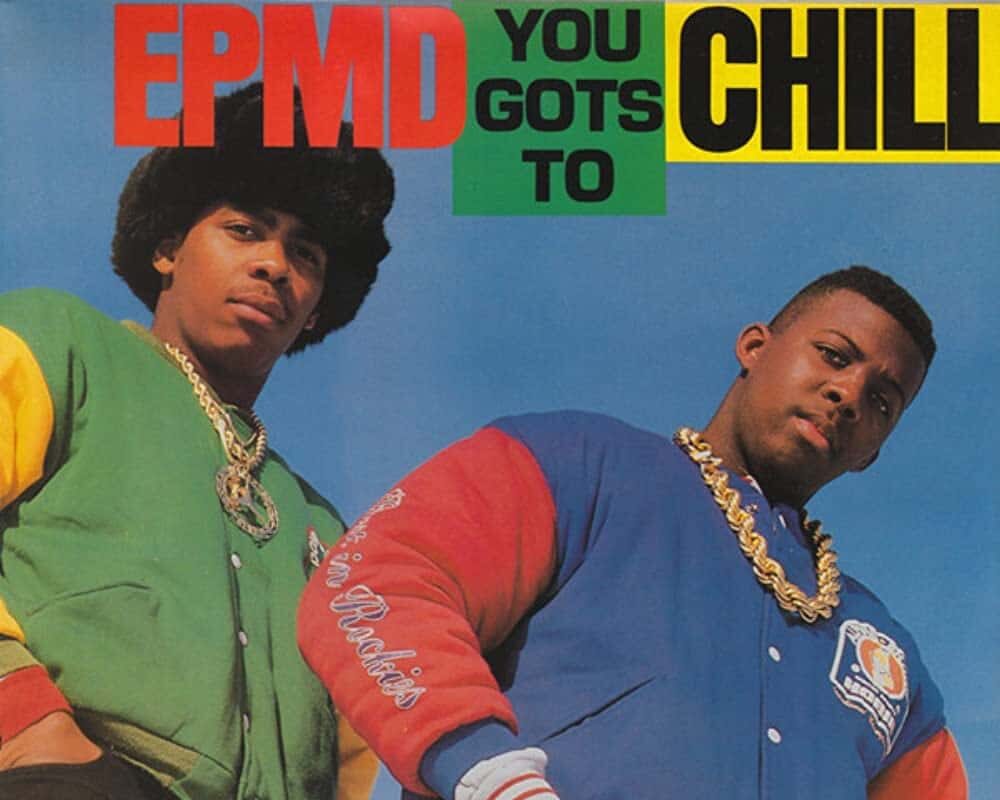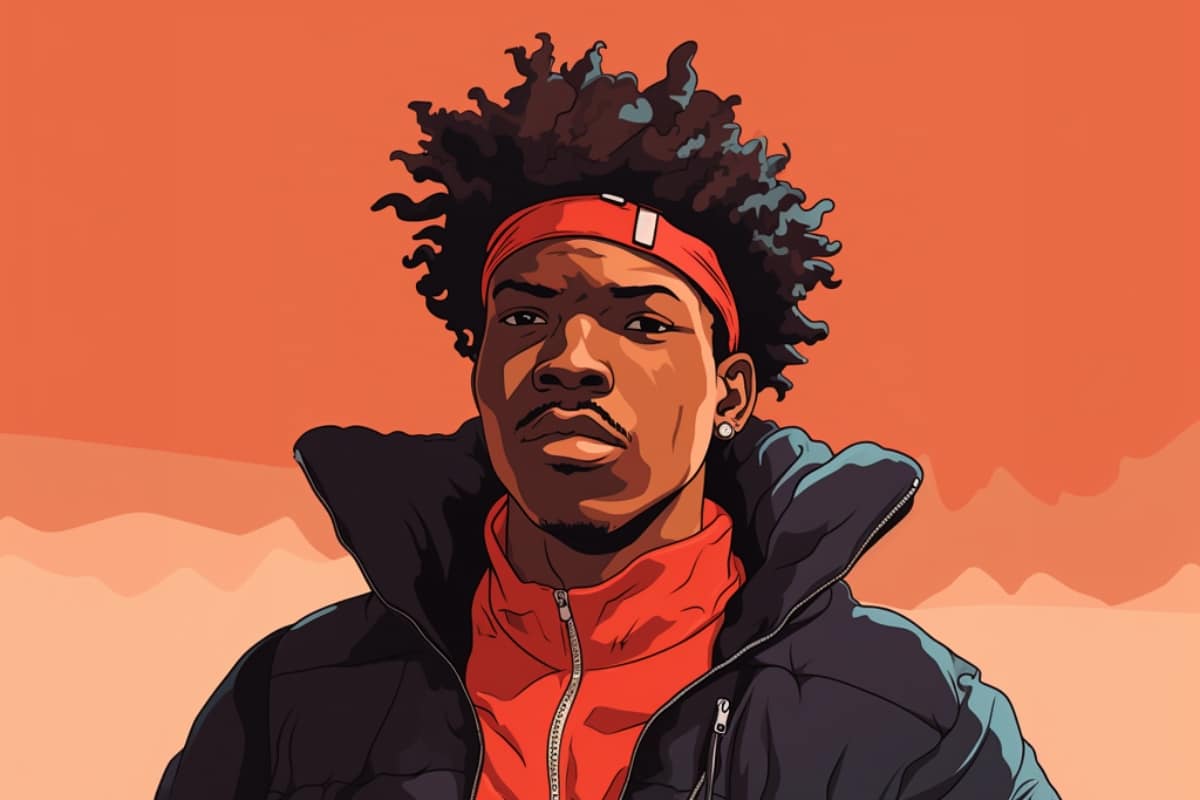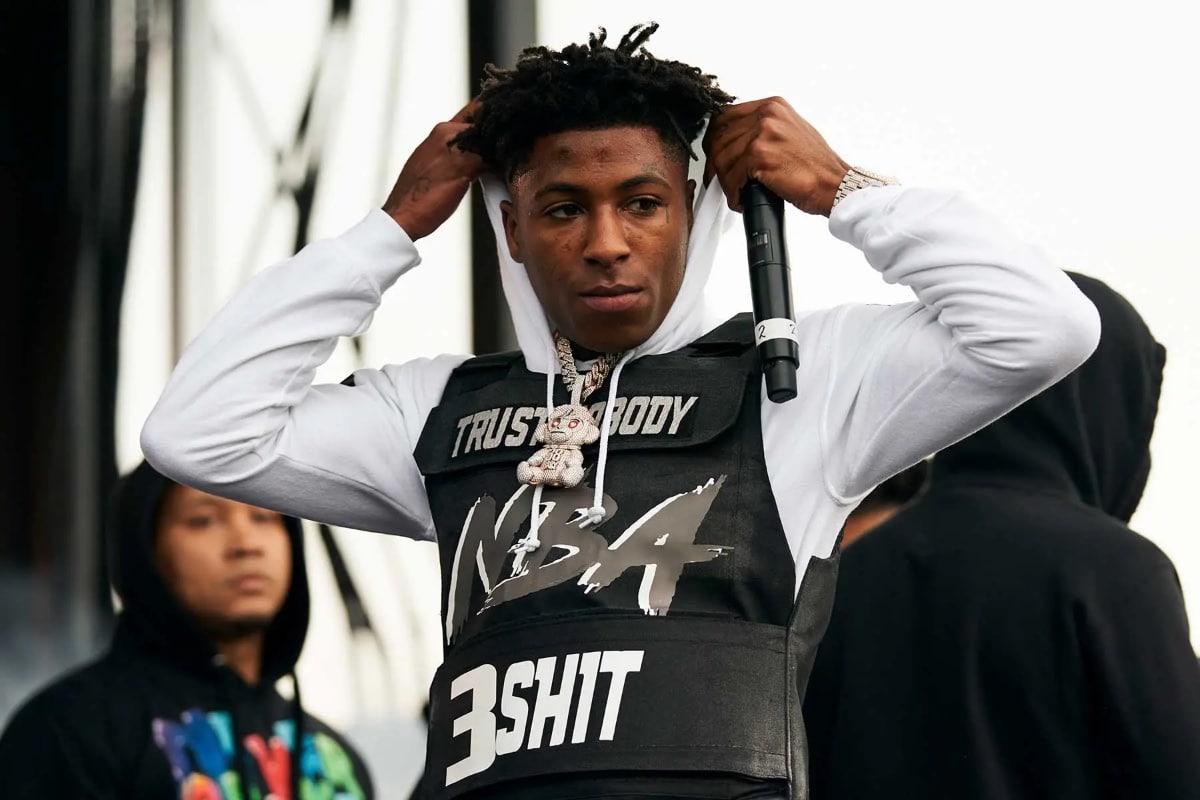This is not a list of the best rap songs of all time, although many of these tracks would undoubtedly make that list as well. Instead, this list focuses on the most influential hip-hop records, measured by their impact and importance to the culture.
To truly measure a rap song’s influence, we considered the trends it set off, the way it shifted how artists rapped, and how it changed production styles. We dug deep and listened to countless tracks to compile a list that truly represents the very best of hip-hop’s spirit of innovation and progression.
The list includes classic tracks like “The Breaks” by Kurtis Blow, “Sucker M.C.’s” by Run DMC, and “Rapper’s Delight” by The Sugarhill Gang, as well as more contemporary hits like “Back That Azz Up” by Juvenile and “Versace” by Migos. Each of these tracks not only revolutionized the genre in its own right but also inspired new generations of artists and shaped hip-hop culture as a whole.
Hip hop is a genre that continues to evolve and push boundaries, and the tracks on this list represent some of the most influential moments in that evolution. From “Wild Thing” to “Juicy”, “Grindin’” to “I Don’t Like,” here are the 53 most influential hip hop songs of all time.
“King Tim III (Personality Jock)”
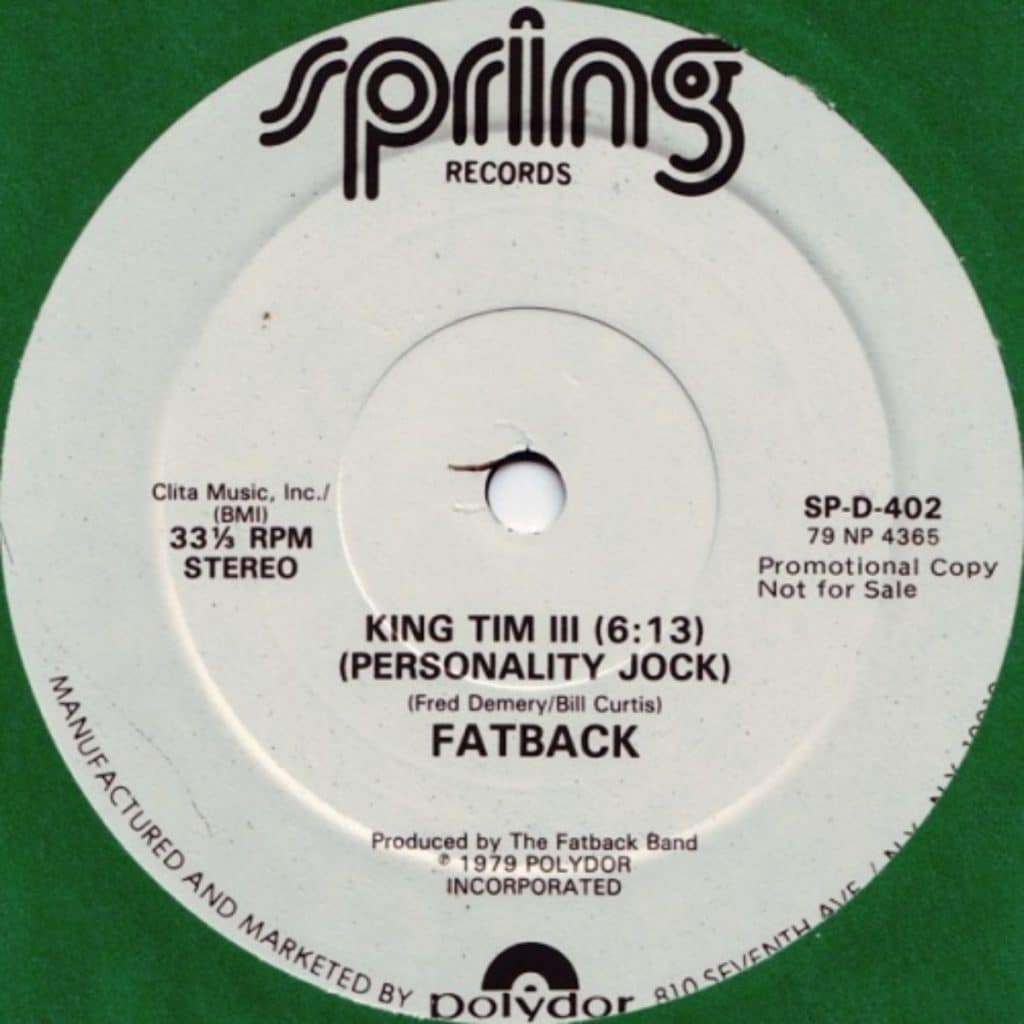
Artist: Fatback Band
Producer: Fatback Band, Jerry Thomas
Released: March 25, 1979
Album: Fatback XII
Why it’s influential: People tend to forget that it was The Fatback Band who were the first to release a commercial hip hop song. Before “King Tim III (Personality Jock),” hop hop music primarily existed at park jams and block parties, with the odd live recording circulating around the country. But now, it was officially on wax ready to be distributed to the rest of the world.
“Rapper’s Delight”
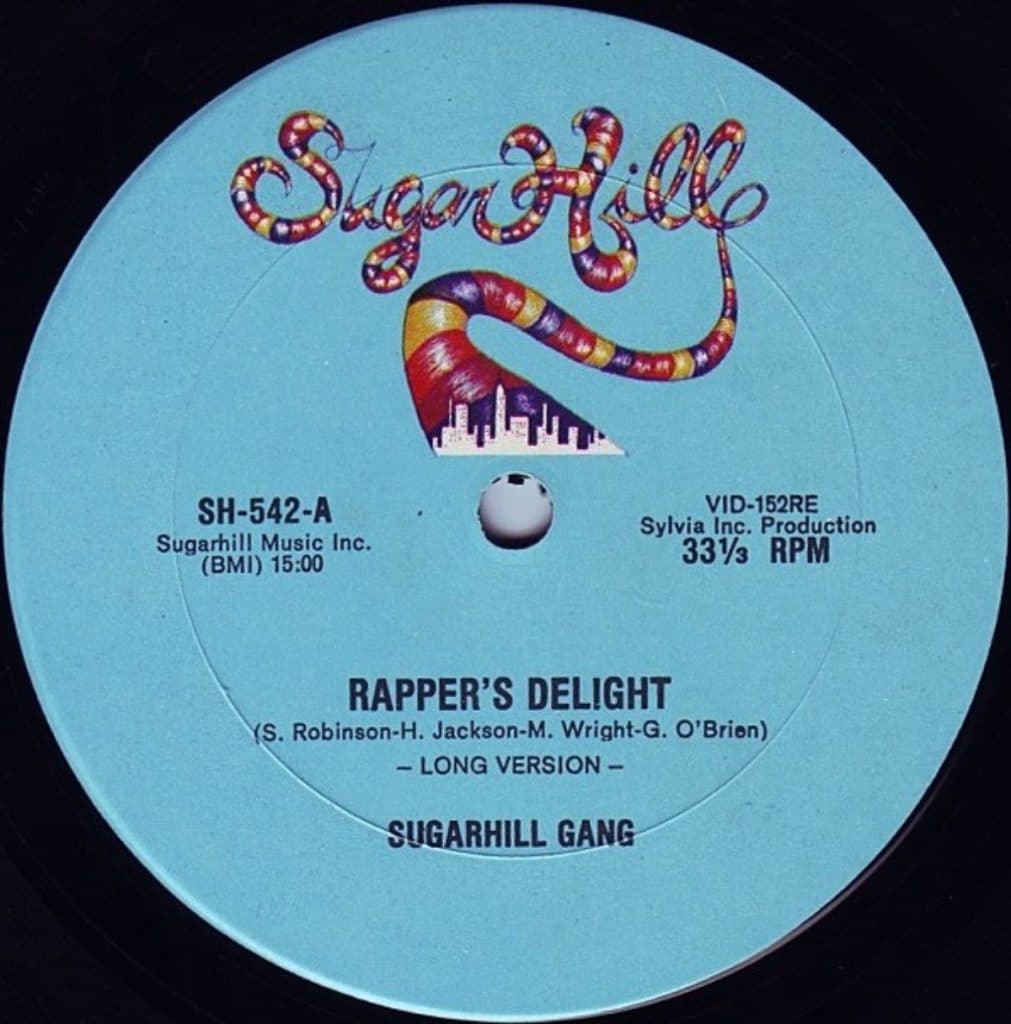
Artist: The Sugarhill Gang
Producer: Sylvia Robinson
Released: September 16, 1979
Album: Sugarhill Gang
Why it’s influential: It introduced hip hop to a mainstream audience. Using an interpolation of Chic’s “Good Times” and lyrics “borrowed” from Grandmaster Caz’s rhyme book (“Check it out, I’m the C-A-S-AN, the O-V-A and the rest is F-L-Y”), “Rapper’s Delight” became the first hip hop single to reach the Billboard Top 40, peaking at 36, as well charting in countries like Australia, Belgium, Canada, France, South Africa and the UK.
“The Breaks”
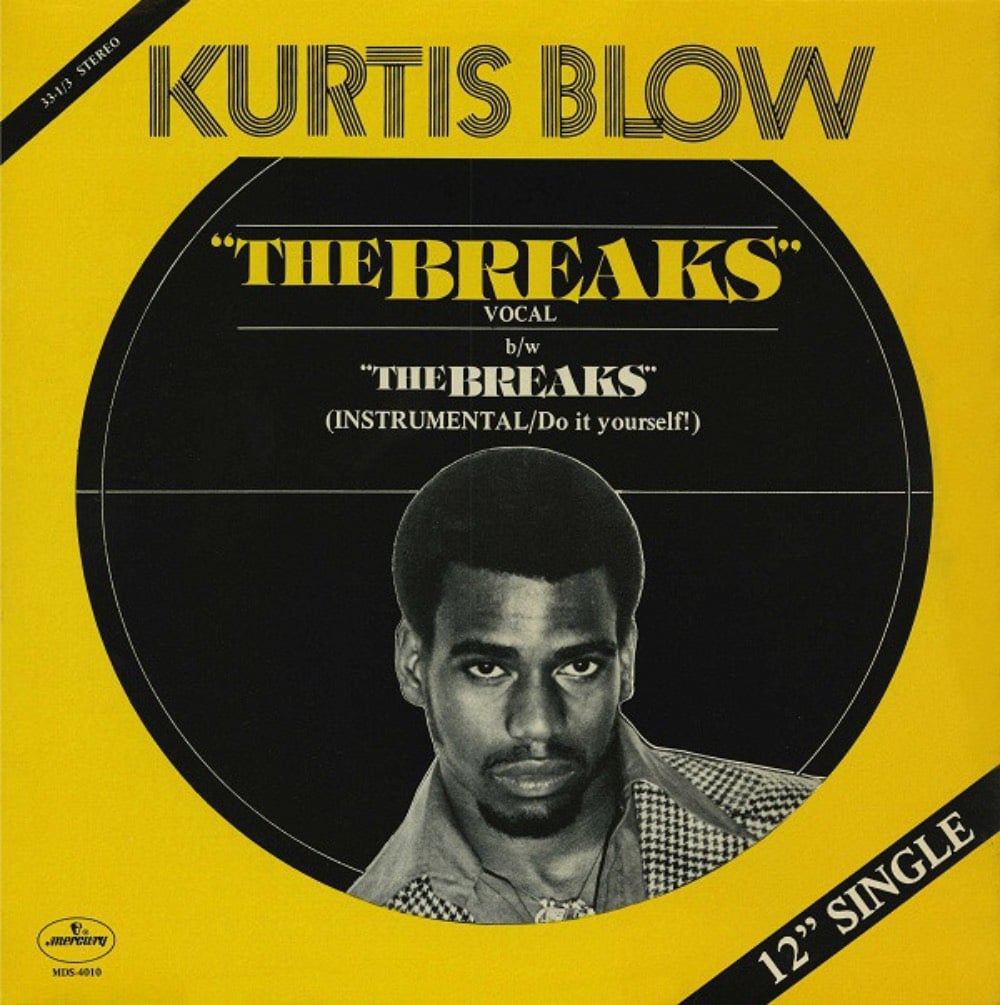
Artist: Kurtis Blow
Producer: J.B. Moore, Robert Ford Jr.
Released: June 14, 1980
Album: Kurtis Blow
Why it’s influential: A few months after he became the first rapper to sign to a major label (Mercury Records), Kurtis Blow followed up the success of “Christmas Rappin’” with an even bigger single. “The Breaks” quickly sold over 500,000 copies, becoming the first rap song to be certified gold.
“Planet Rock”
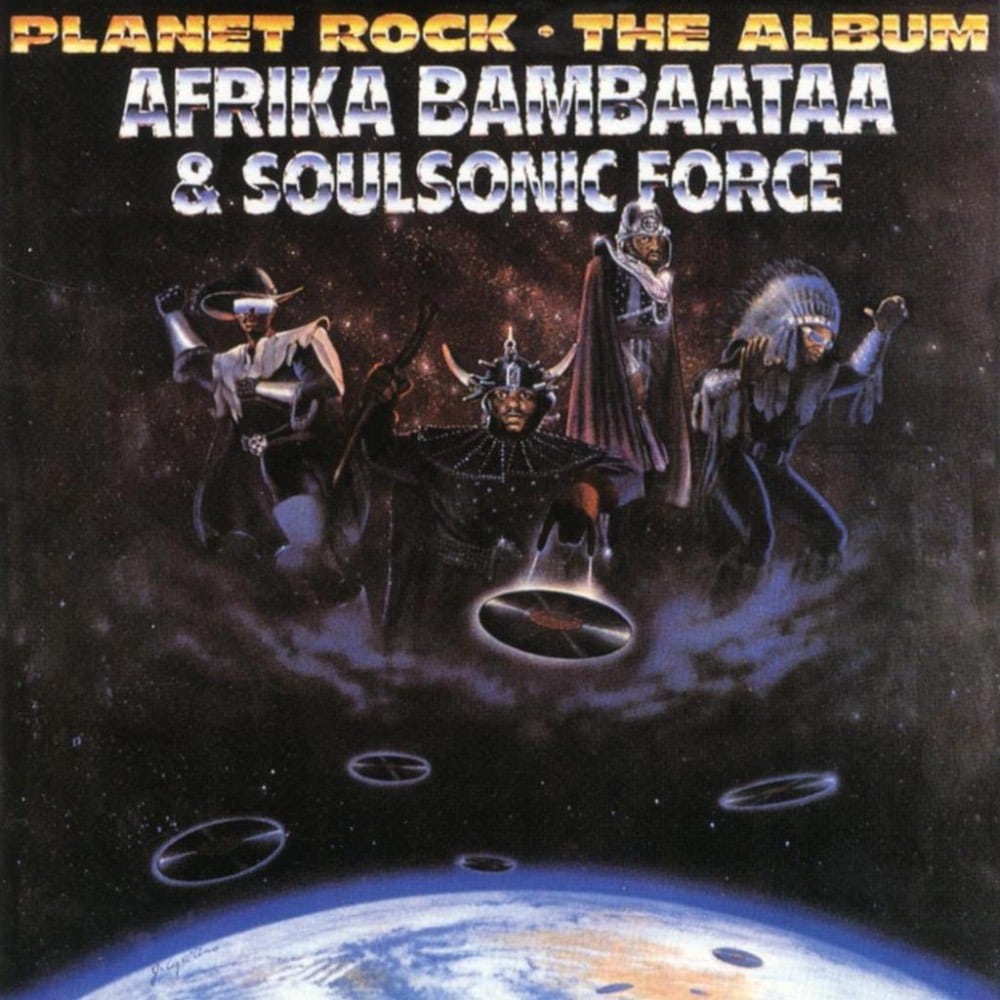
Artist: Afrika Bambaataa & the Soulsonic Force
Producer: Arthur Baker
Released: June 14, 1980
Album: Planet Rock: The Album
Why it’s influential: Using a Roland TR-808 (a staple drum machine in hip hop culture), Afrika Bambaataa & the Soulsonic Force crafted a song so wildly different from anything else at the time. With its funky electro sound, “Planet Rock” was closer to the sounds of Kraftwerk than spinning breakbeats.
“Rapture”
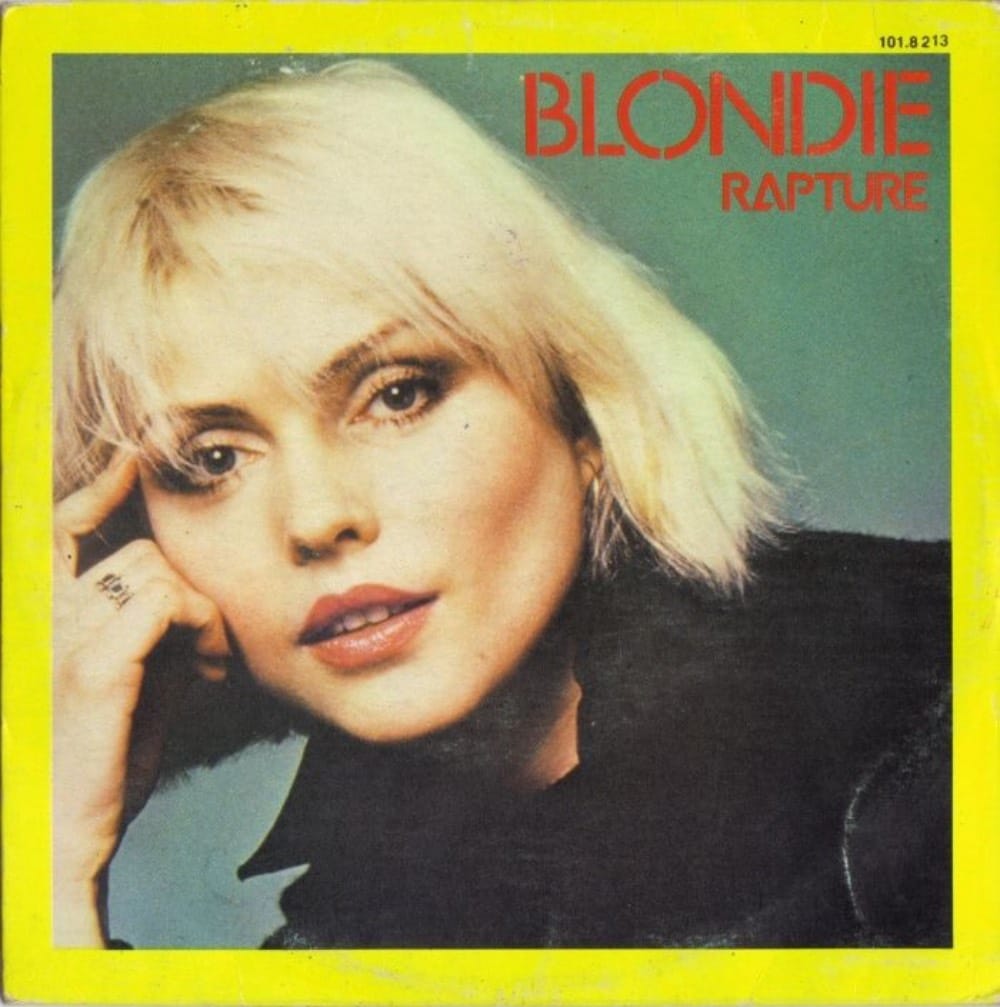
Artist: Blondie
Producer: Mike Chapman
Released: January 12, 1981
Album: Autoamerican
Why it’s influential: This is how the story goes: Blondie singer Debbie Harry and the band’s guitarist Chris Stein were friends with Fab 5 Freddy, who was a staple in the old school rap scene. After attending a few rap events in the Bronx, the pair were inspired to create a rap song of their own. The resulting “Rapture” became the first number-one single to feature rap vocals as well as the first rap video to be broadcasted on MTV.
“The Message”
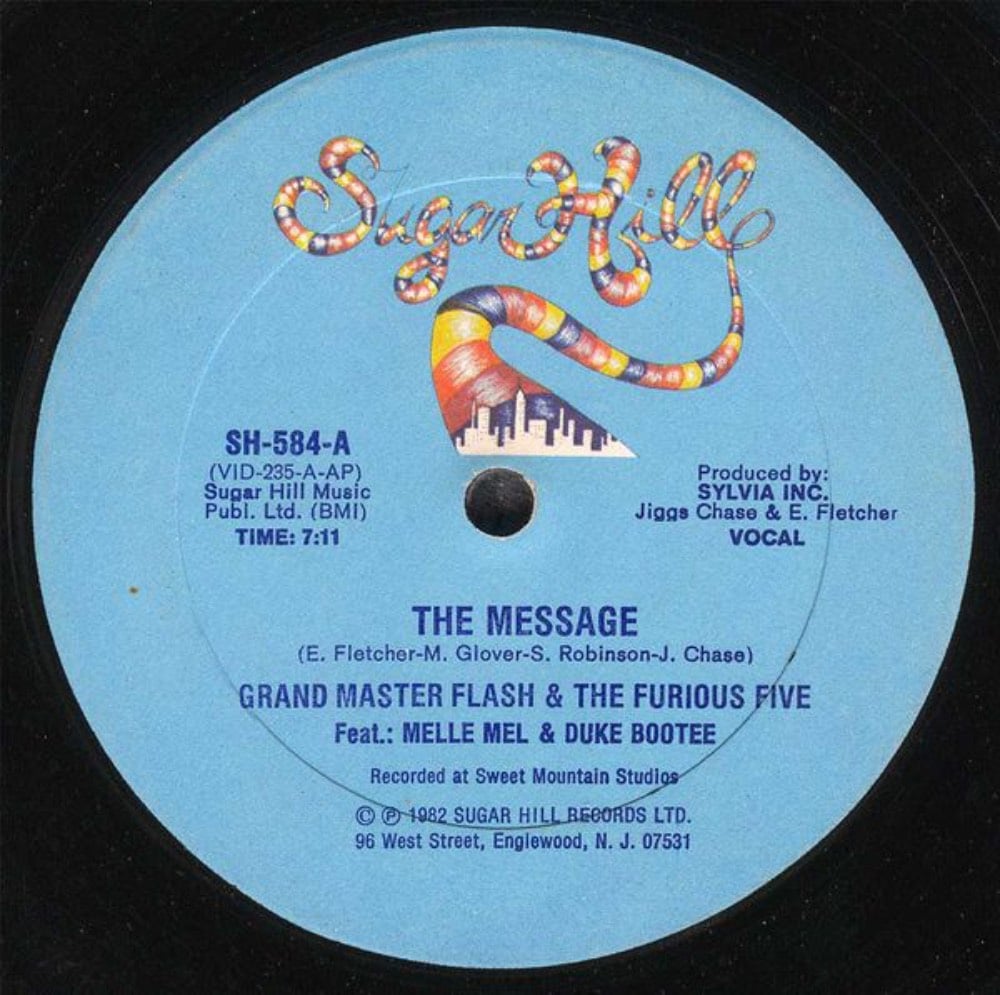
Artist: Grandmaster Flash and the Furious Five
Producer: Edward G. Fletcher, Sylvia Robinson
Released: July 1, 1982
Album: The Message
Why it’s influential: “The Message” wasn’t the first hip hop song to rap about socio-political issues, but it was certainly the most prominent. Before Melle Mel came through talking about about inner-city life (“broken glass everywhere”) and the stress of living in the ghetto (“It’s like a jungle sometimes”), raps were largely concerned with the party life or and MC’s prowess on the mic. This song would lay down the foundation to built upon by later rappers like Chuck D and KRS-One.
“Sucker M.C.’s”
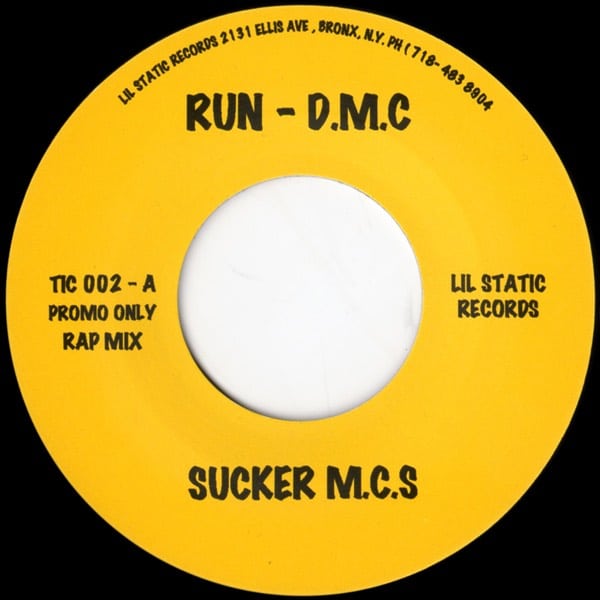
Artist: Run-D.M.C.
Producer: Russell Simmons, Larry Smith, Terrance Balfour
Released: August 10, 1983
Album: Run-D.M.C.
Why it’s influential: When the Hollis, Queens duo dropped their first single, “It’s Like That” backed by “Sucker M.C.’s”, it was the beginning of a new era in rap music. Moving away from the flamboyant disco era of the ’70s, Run-D.M.C. ushered in a more street-oriented culture with stripped down, abrasive beats to match the fashion.
“I Need a Beat”
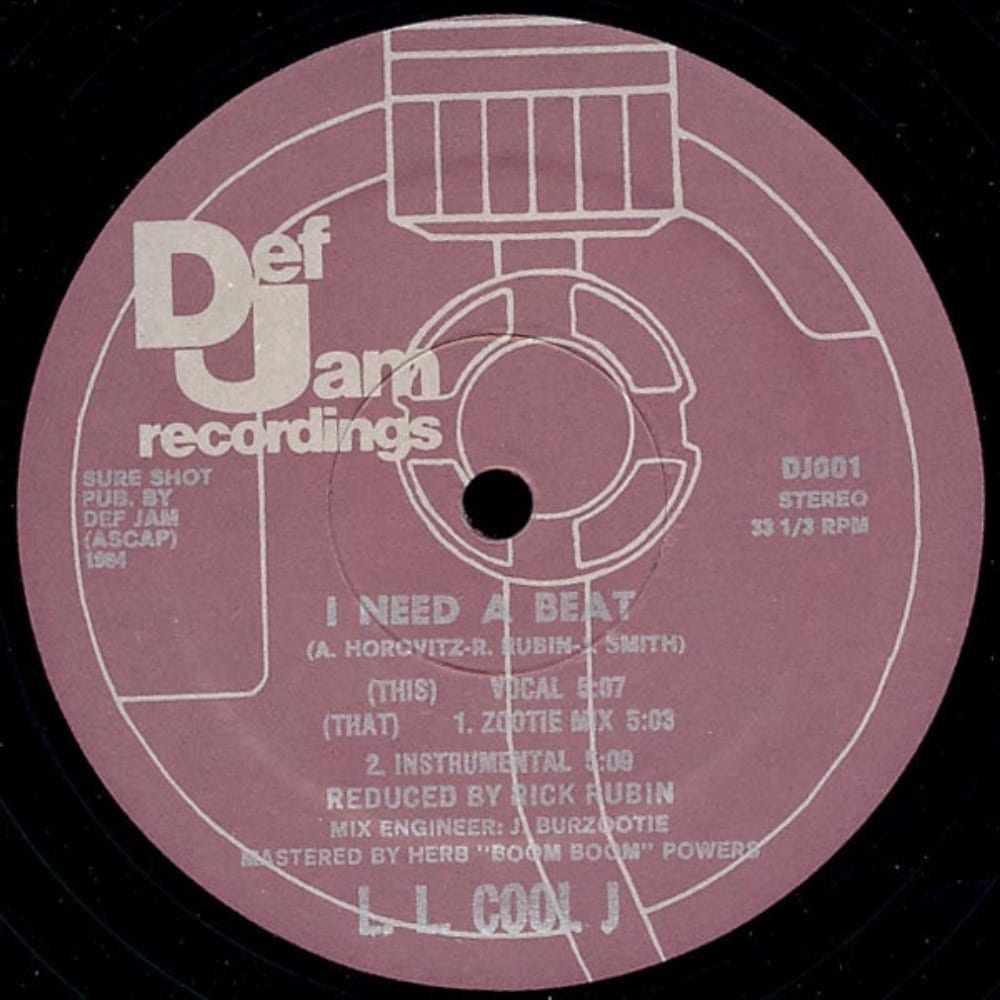
Artist: LL Cool J
Producer: Rick Rubin
Released: 1984
Album: N/A
Why it’s influential: While “It’s Yours” was technically the first single to feature a Def Jam logo, the T La Rock & Jazzy Jay single was distributed by Partytime Records. “I Need a Beat” was the first official Def Jam release, featuring a brash 16-year old LL Cool J over a sparse Rubin and Jazzy Jay production. With over 100,000 copies sold, the single helped launch Def Jam into becoming one of the most important hip hop labels in history.
“La Di Da Di”

Artist: Doug E. Fresh and MC Ricky D
Producer: Dennis Bell & Ollie Cotton for City Slicker Productions
Released: August 13, 1985
Album: N/A
Why it’s influential: Rappers weren’t telling stories in the same picture-perfect, high definition quality before Slick Rick. It was the little details he included in the song (“I threw on my brand new Gucci underwear”), the different voices he employed (“You are, you conceited bastard!”), the melodic breakouts; it was the most imaginative thing hip hop had ever heard at the time.
“P.S.K. What Does It Mean?”

Artist: Schoolly D
Producer: Schoolly D
Released: 1985
Album: Schoolly D
Why it’s influential: The birth of gangsta rap didn’t happen in L.A., as it’s so commonly believed, but rather in Philadelphia, when a local rapper by the name of Schoolly D released a single via his independent label Schoolly D Records. The booming “P.S.K. What Does It Mean?” with drums so hard they threatened to blow your speakers, became the blueprint for Ice-T, who became the blueprint for Ice Cube, who became the blueprint-you know how the story goes.
“6 in the Mornin'”

Artist: Ice-T
Producer: The Unknown DJ
Released: 1986
Album: Rhyme Pays
Why it’s influential: Inspired by Philly rapper Schoolly D’s “P.S.K. What Does It Mean?”, L.A. rapper Ice-T (who was born in New Jersey) wrote “6 In The Mornin’” in his Hollywood apartment and paired it with a funky, minimalistic beat by The Unknown DJ. The song took off and became the defining gangsta rap record, paving the way for up-and-coming generations of rappers, including Ice Cube and Eazy-E, to incorporate L.A. gang culture into their lyrics.
“South Bronx”
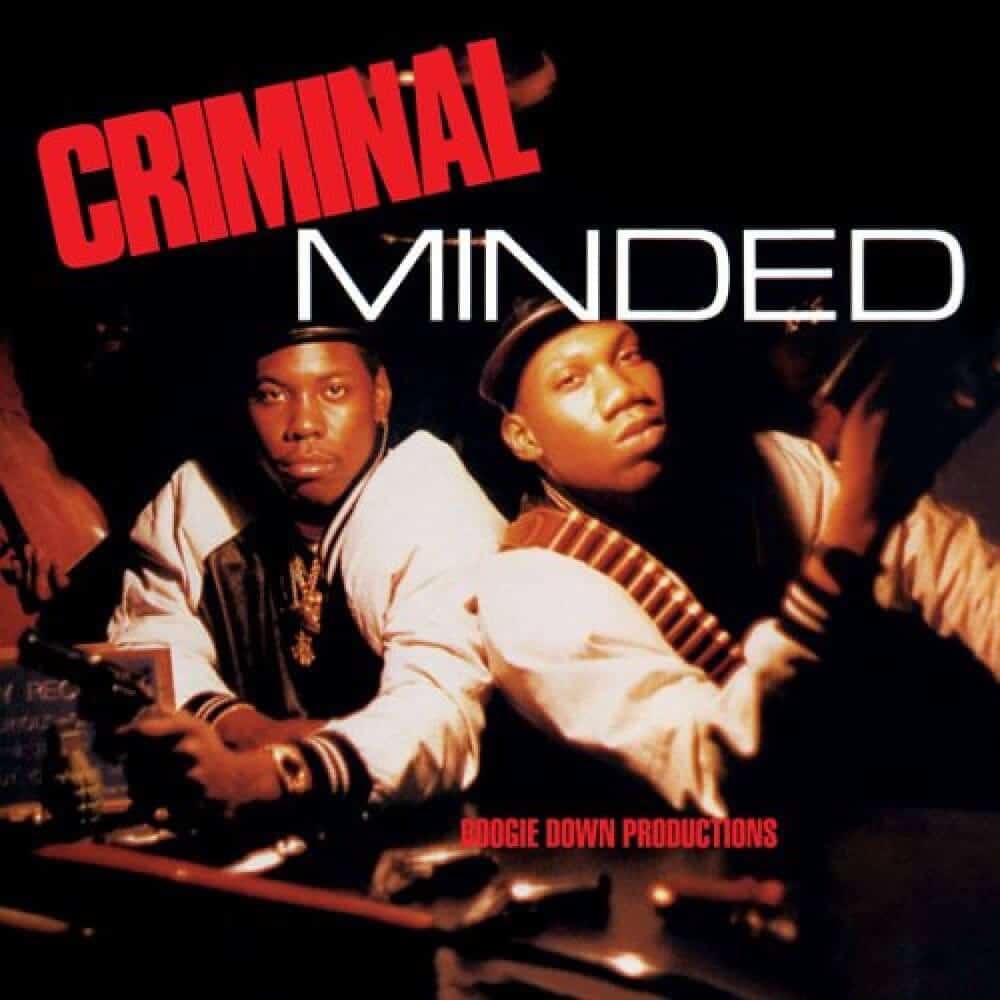
Artist: Boogie Down Productions
Producer: Ced Gee, DJ Scott La Rock, KRS-One
Released: 1986
Album: Criminal Minded
Why it’s influential: Not only did “South Bronx” kick off the legendary Bridge Wars, it established KRS-One as one of the premier lyricists of his generation and launched a rap career that would span four decades and over 20 albums.
“Eric B. Is President”
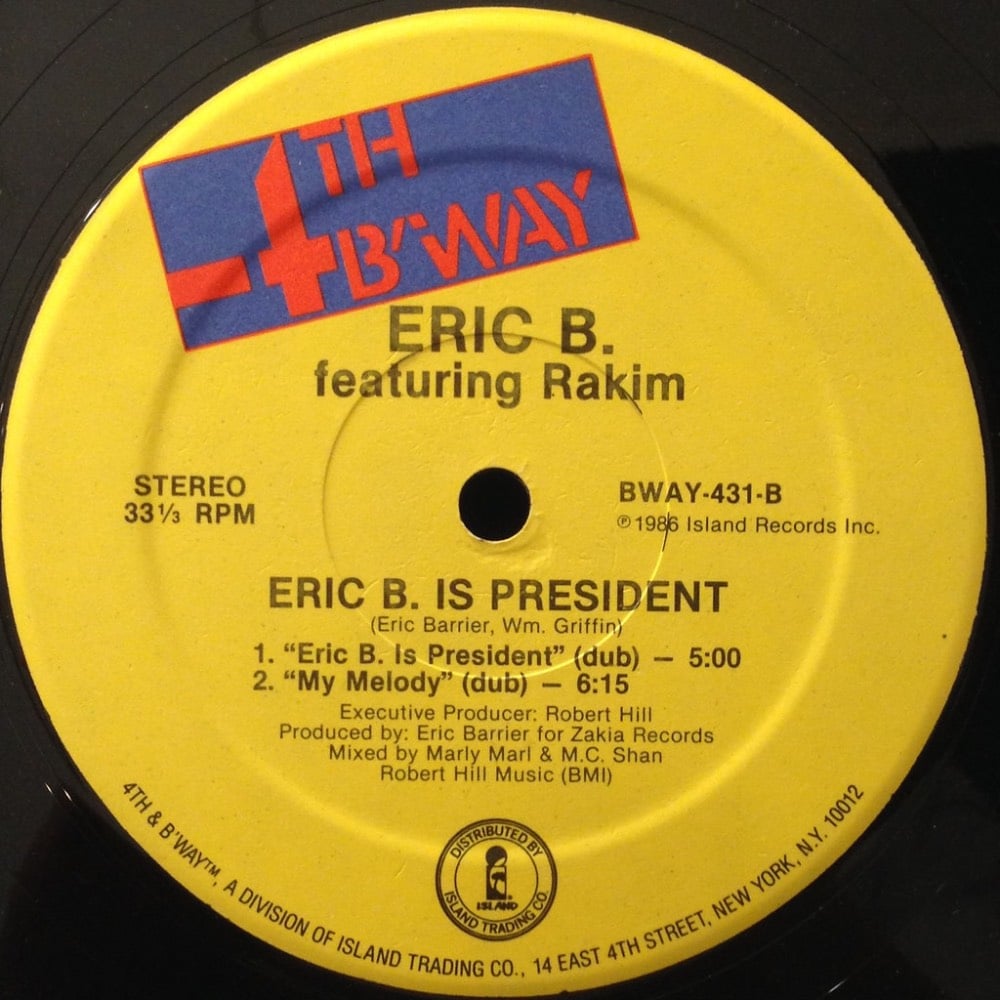
Artist: Eric B. & Rakim
Producer: Marley Marl
Released: 1986
Album: Paid in Full
Why it’s influential: “I came in the door, I said it before / I never let the mic magnetize me no more.” And just like that, the art of rapping was never the same again. Drawing in from his jazz influences – Rakim used to play the saxophone and was a huge John Coltrane – the God MC took the craft to a new level; incorporating complex internal and multisyllabic rhyme schemes. Suddenly the loud, brash rhyme styles of Run-D.M.C. and LL Cool J felt old school.
“Walk This Way”
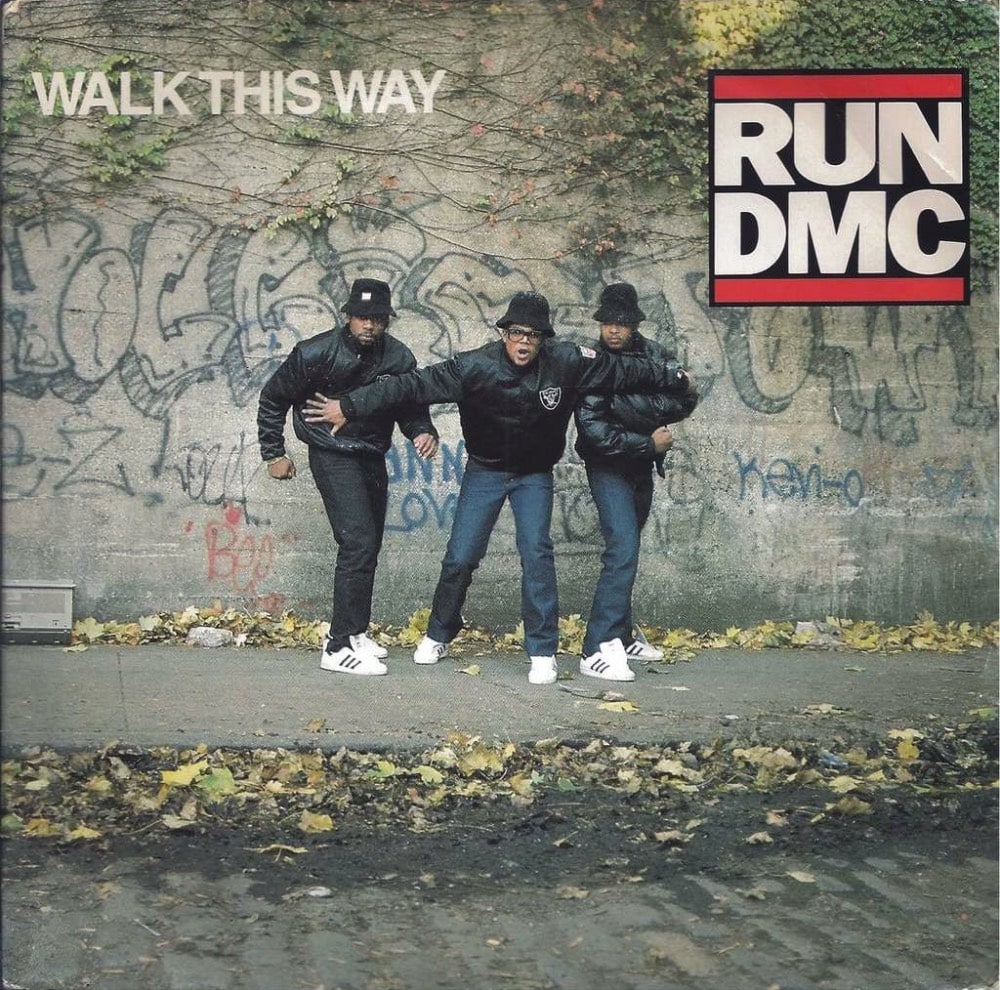
Artist: Run-D.M.C.
Producer: Russell Simmons, Rick Rubin
Released: July 4, 1986
Album: Raising Hell
Why it’s influential: Run-D.M.C. had been pioneers of merging rap and rock two years earlier when producer Larry Smith had his friend Eddie Martinez play guitar on “Rock Box”, but “Walk This Way” took it a step further featuring a collaboration with Aerosmith. It became the first rap song to crack the top 5 of the Billboard Hot 100 and propelled Raising Hell into becoming the first rap album to reach platinum status.
“Push It”
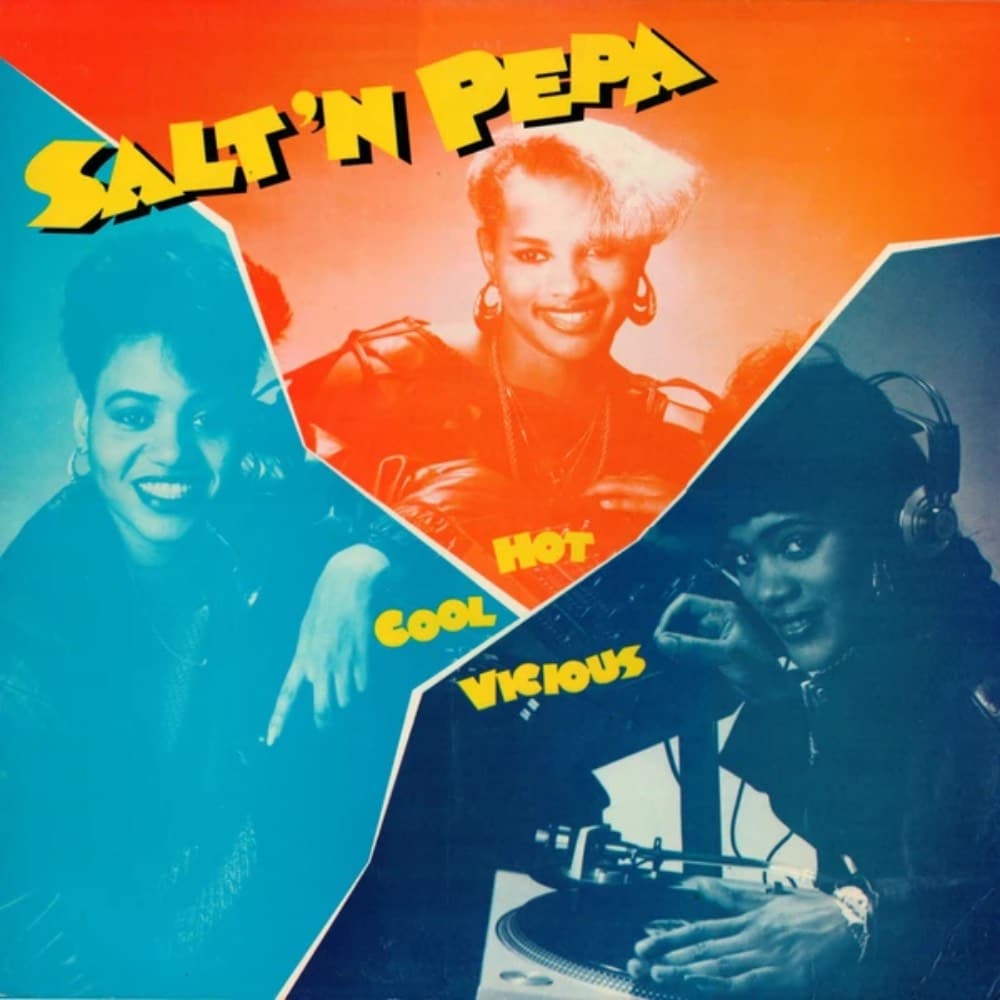
Artist: Salt-N-Pepa
Producer: Hurby Azor
Released: March 8, 1987
Album: Hot, Cool & Vicious
Why it’s influential: Thanks to the huge success of “Push It”, Salt-N-Pepa’s debut release became the first album by a female rap act to achieve gold as well as platinum status, earning them the title of “The First Ladies of Rap and Hip Hop.”
“Rebel Without a Pause”
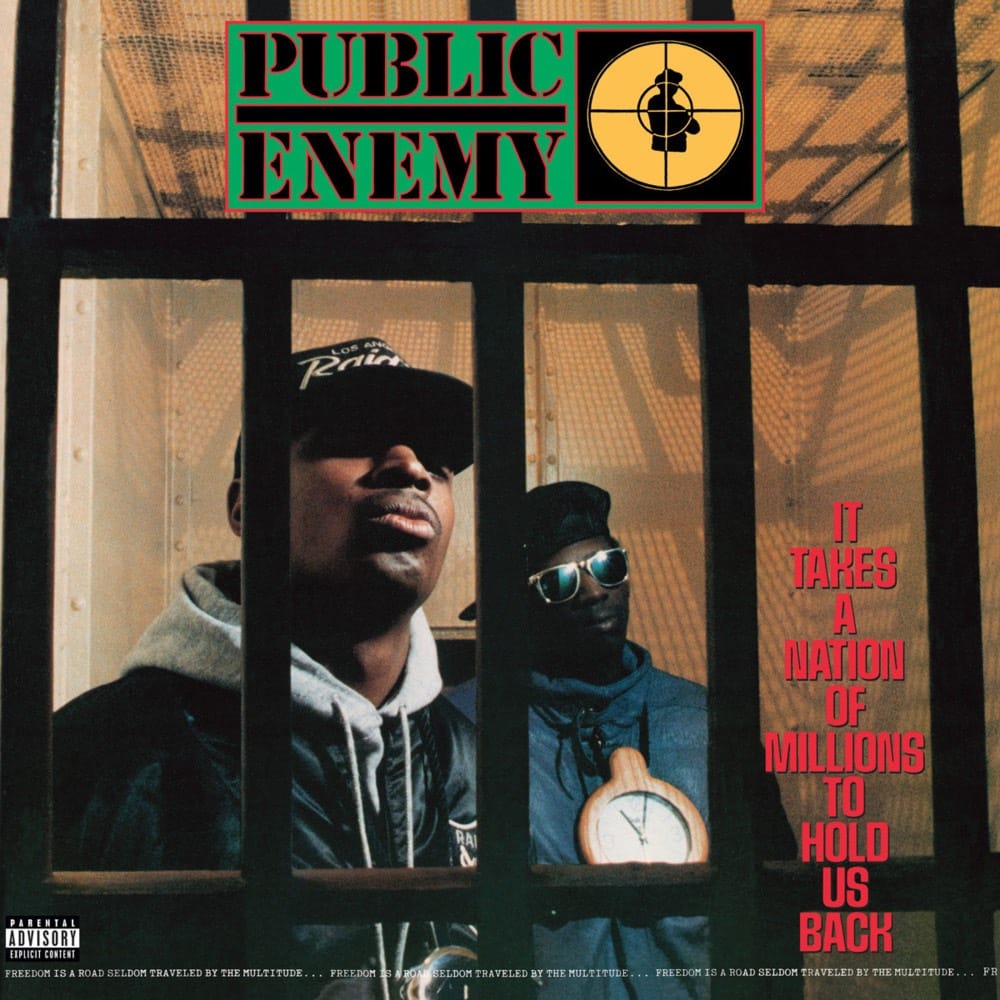
Artist: Public Enemy
Producer: The Bomb Squad
Released: July 28, 1987
Album: It Takes a Nation of Millions to Hold Us Back
Why it’s influential: According to Chuck D, shortly after dropping Public Enemy’s debut album, Yo! Bum Rush the Show , they heard Eric B. & Rakim’s “I Know You Got Soul” and realised how quickly the rap game was innovating. This spurred the group to get back into the lab and work on their follow-up, which would have “Rebel Without a Pause” as the lead single.
Questlove named this song the greatest hip hop song of all time, so I’ll let him do the honours:
Oh my God. What the hell is this?!?!? It was the sound of your brain in a vice grip. The sound of a tea kettle screaming for its life? The scream of a bunch of teens feeling my wrath!?? The steam of uncried tears??! It was like each squeal of St. Clair Pinckney’s alto sax represented my anger at something – but what? I wanted to blast this song to smithereens, but it was 1:30 a.m. and my parents were asleep. That did not stop me. I played and played and played and played and played this song, over and over and over, until it was 6 a.m. and I’d been listening to “Rebel Without a Pause” for four and a half hours.
Questlove’s Top 50 Hip-Hop Songs of All Time | Rolling Stone
“Raw”
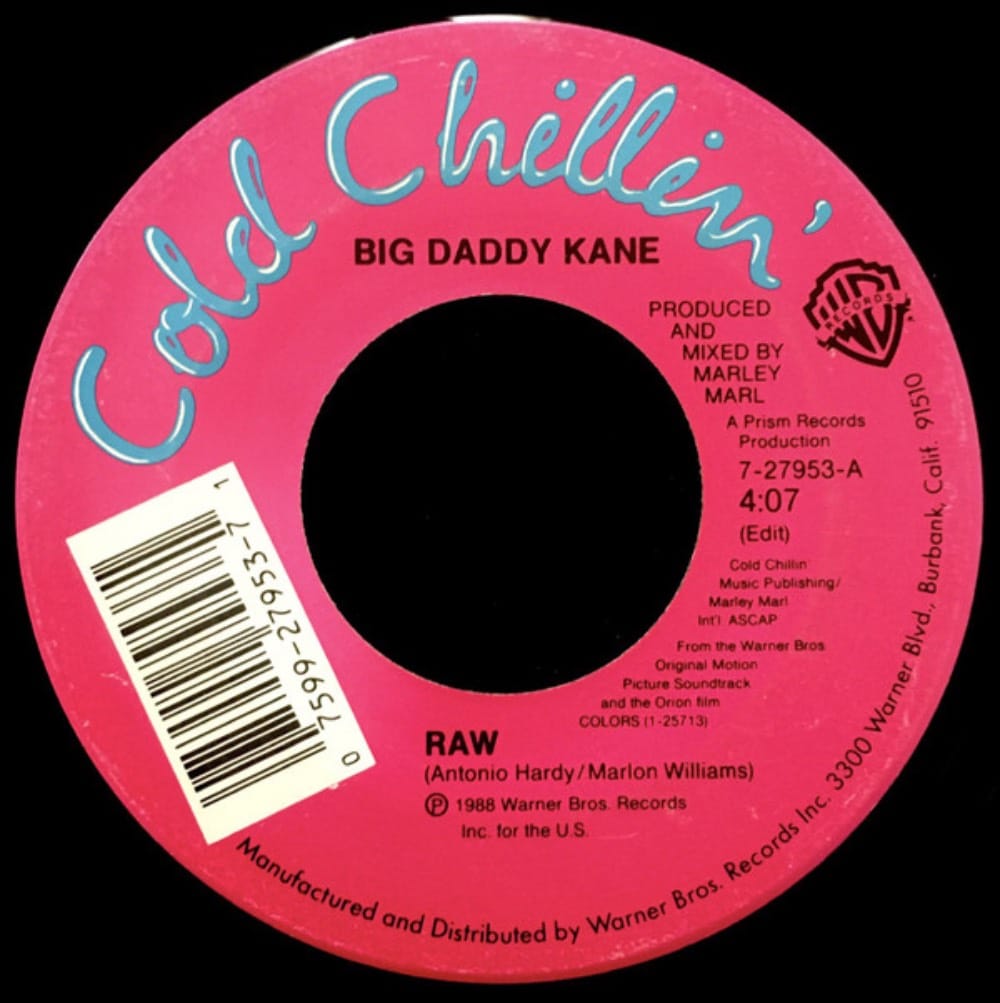
Artist: Big Daddy Kane
Producer: Marley Marl
Released: 1987
Album: N/A
Why it’s influential: By now the God MC has shifted the entire paradigm of rapping and there was a whole new class of hungry rappers building upon that template. Out of that class emerged the likes of Kool G Rap, KRS-One and a Brooklyn wordsmith who was so slick and confident with his bars, he would go on to inspire generations of MCs after him. You can trace elements of Biggie and Jay-Z right back to this song.
“Top Billin'”
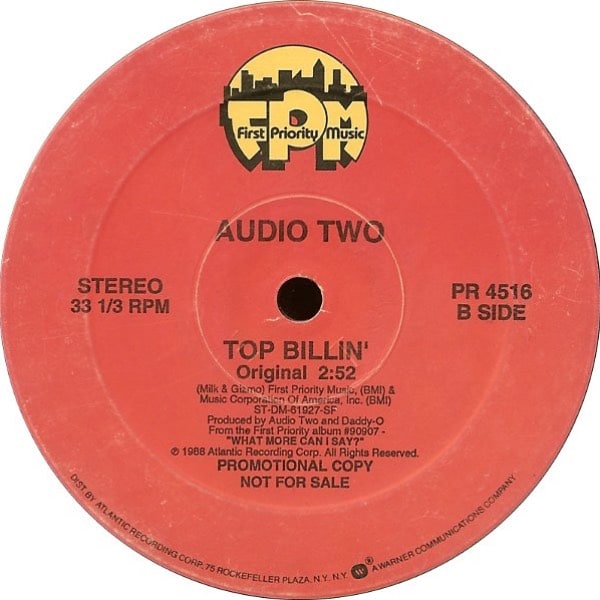
Artist: Audio Two
Producer: Daddy-O, Audio Two
Released: October 15, 1987
Album: What More Can I Say?
Why it’s influential: Sometimes a song can be so damn catchy that it ends up becoming one of the most influential rap songs of all time. Legend has it Daddy-O accidentally hit the wrong keys on the machine when they were sampling “Impeach the President”, resulting in the unforgettable stuttering breakbeat. The result was a timeless classic that’s been sampled and quoted by the likes of 2Pac, Jay-Z, Dr. Dre, Kanye, 50 Cent, and plenty more.
“Parents Just Don’t Understand”
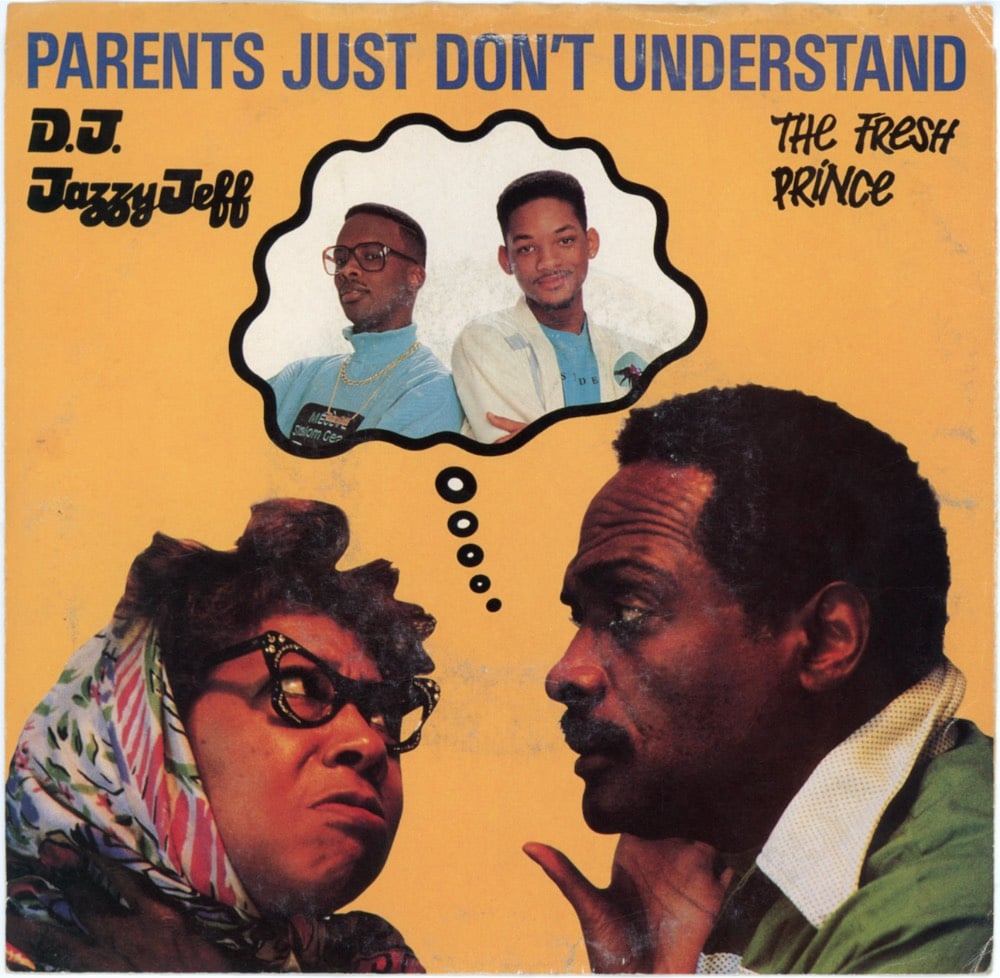
Artist: DJ Jazzy Jeff & The Fresh Prince
Producer: Pete Harris, Will Smith, Jeffrey Townes, Bryan “Chuck” New
Released: February 17, 1988
Album: He’s the DJ, I’m the Rapper
Why it’s influential: 1988 is generally regarded as the greatest year in hip hop history. With rap acts like Boogie Down Productions, EPMD, Big Daddy Kane, Public Enemy, and Eric B. & Rakim dropping every other week, it was a golden age for groundbreaking rap music. So it was understandable that some people had problems with the safe “Parents Just Don’t Understand” winning the first Grammy. But it didn’t matter in the end, DJ Jazzy Jeff & The Fresh Prince led a boycott of the awards, feeling disrespected that the rap categories would not be televised. Decades later on, the hip hop community would continue to have issues with the Grammy’s respect (or lack thereof) for the artform.
“You Gots to Chill”
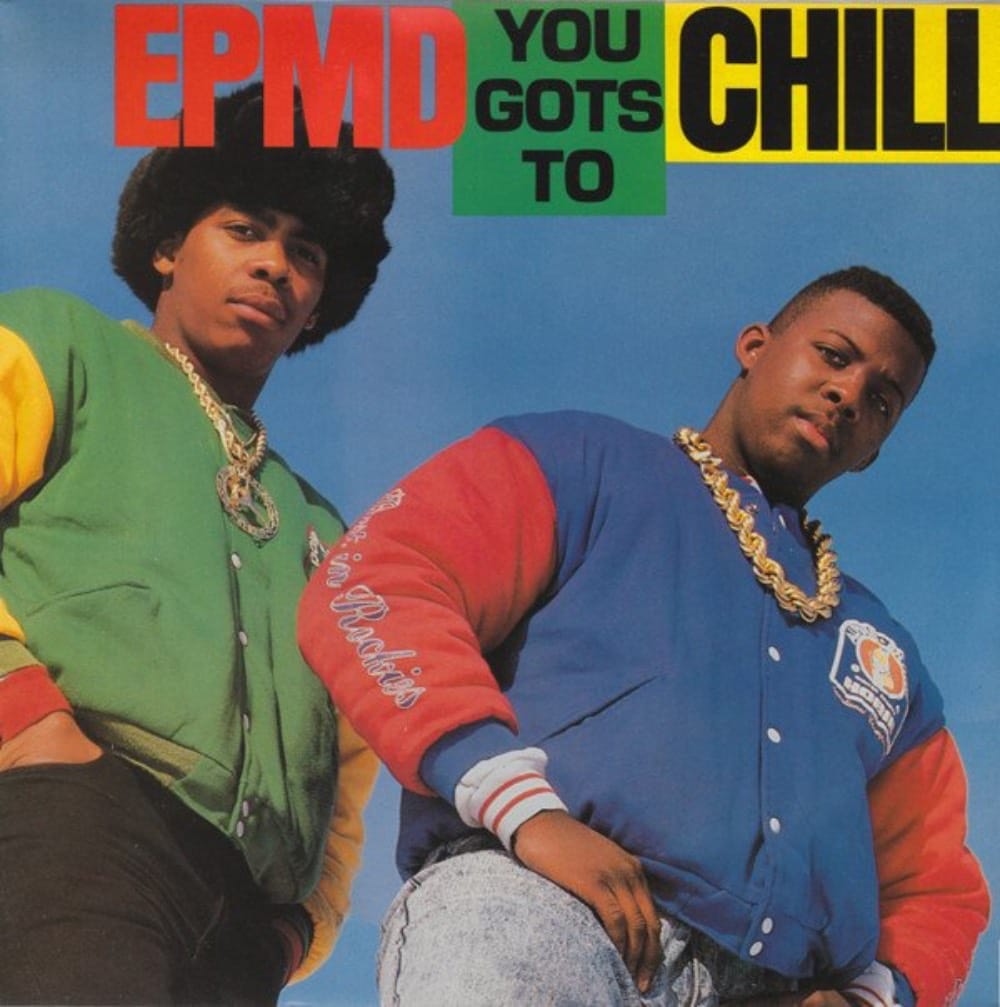
Artist: EPMD
Producer: EPMD
Released: June 7, 1988
Album: Strictly Business
Why it’s influential: Before Dre was looping up Parliament-Funkadelic melodies to pioneer G-Funk, a duo from Brentwood, Long Island were chopping up Kool & the Gang and Zapp to create some of the funkiest music known to hip hop. EPMD’s work on their landmark debut pushed rap producers to look beyond James Brown vinyls and towards rock and funk samples.
“Straight Outta Compton”
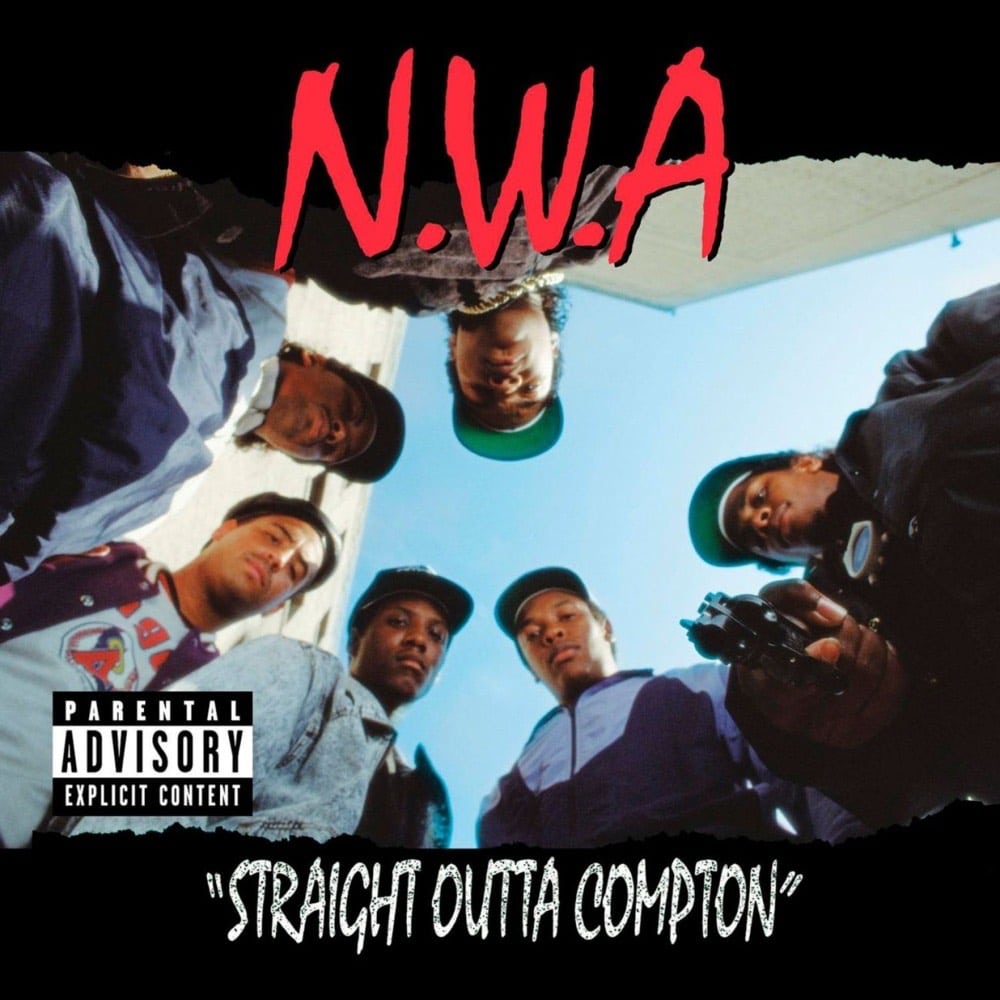
Artist: N.W.A
Producer: Dr. Dre, DJ Yella
Released: July 10, 1988
Album: Straight Outta Compton
Why it’s influential: “You are now about to witness the strength of street knowledge.” With those chilling words, the world’s most dangerous group kicked the door into mainstream consciousness. Backed by Dre’s West Coast version of The Bomb Squad’s production and Ice Cube’s incisive rhymes, “Straight Outta Compton” was the first shotgun blast from gangsta rap.
“The Symphony”
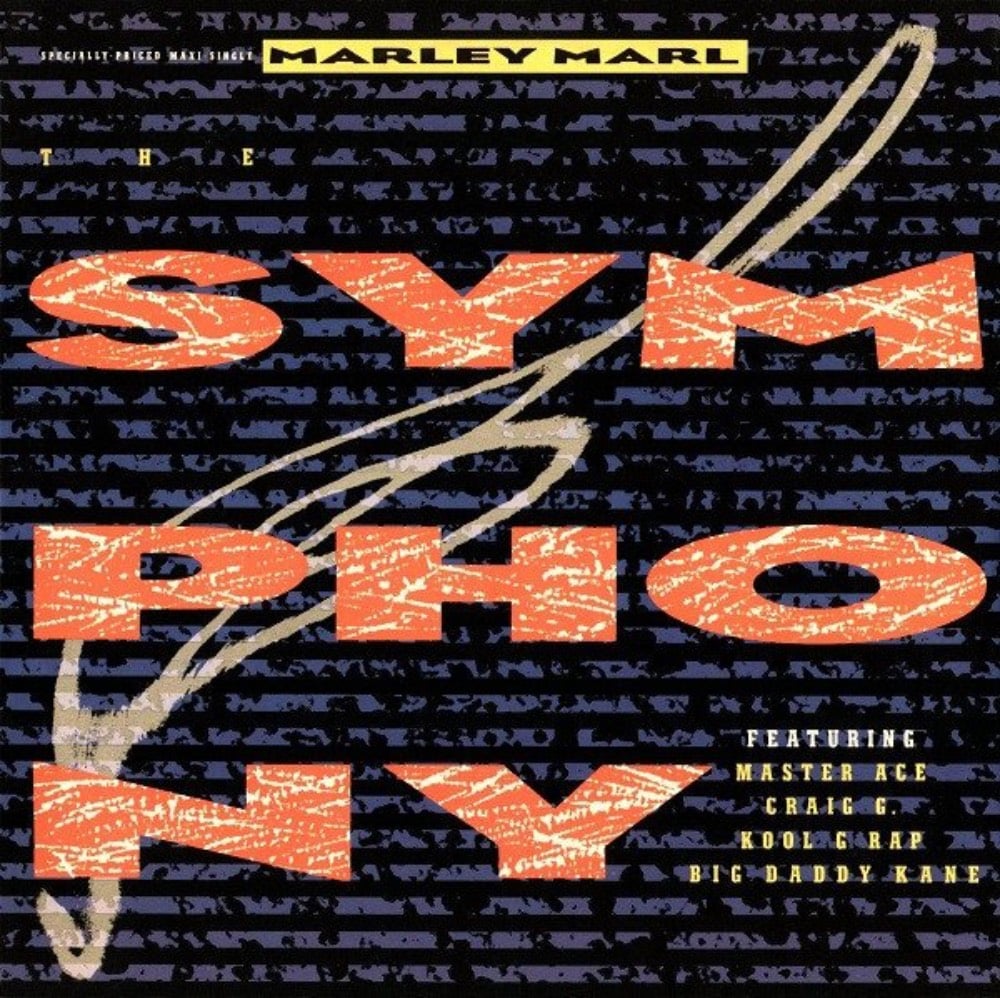
Artist: Marley Marl ft. Masta Ace, Craig G, Kool G Rap and Big Daddy Kane
Producer: Marley Marl
Released: September 20, 1988
Album: In Control, Volume 1
Why it’s influential: The original posse cut that every other posse cut after looked to replicate. Everyone is in top form on “The Symphony” – the relative newcomers Masta Ace and Craig G more than holding their own against more experienced spitters Kool G Rap and Big Daddy Kane. Also, Marley Marl’s loop of Otis Redding’s “Hard to Handle” is timeless.
“Wild Thing”
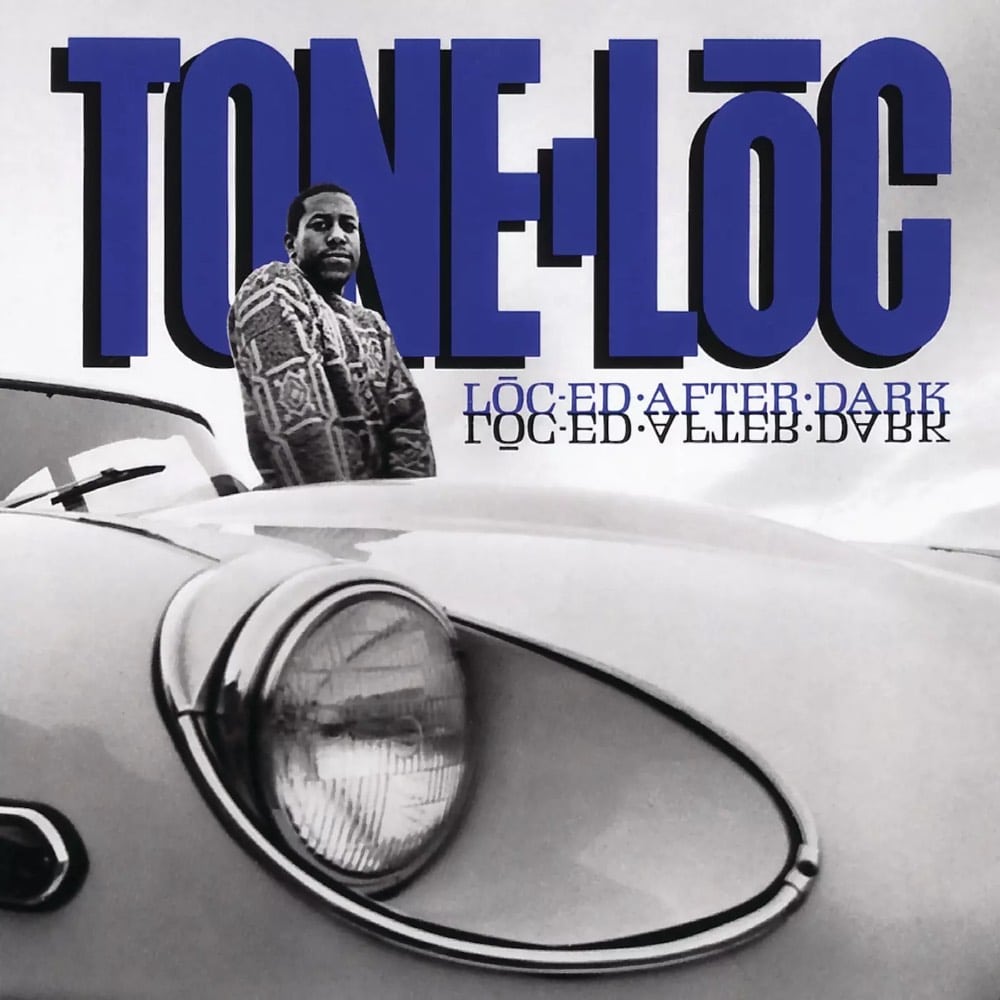
Artist: Tone Lōc
Producer: Matt Dike, Michael Ross
Released: October 1988
Album: Lōc-ed After Dark
Why it’s influential: Released on independent record label Delicious Vinyl and featured on Tone Loc’s debut album, Lōc-ed After Dark, “Wild Thing” peaked at number two on the Billboard Hot 100 in February 1989 and quickly sold a million copies, becoming the first rap single to be certified platinum. Produced by Matt Dike and Michael Ross with additional writing credits from Young MC, best known for his 1989 hit “Bust a Move”.
“Children’s Story”
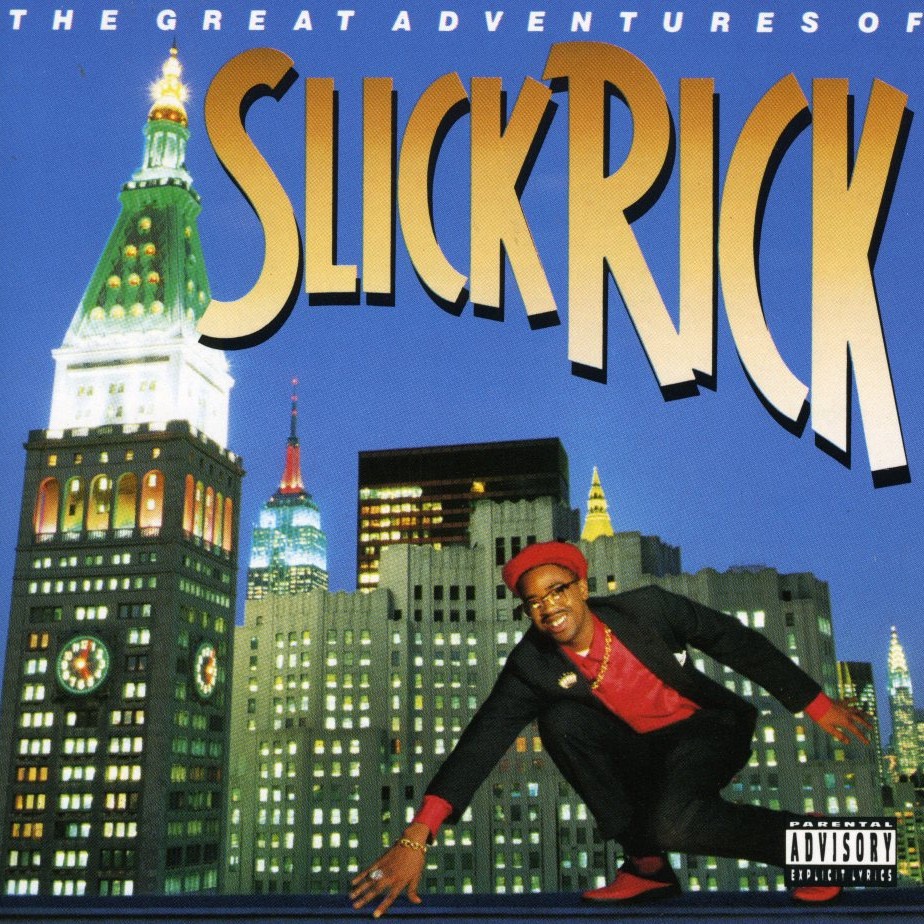
Artist: Slick Rick
Producer: Jam Master Jay, Slick Rick, The Bomb Squad
Released: November 1, 1988
Album: The Great Adventures of Slick Rick
Why it’s influential: Slick Rick took the blueprint he laid down with “La Di Da Di” and doubled down on it across a whole album, The Great Adventures of Slick Rick, while adding in consequences and life lessons. “Children’s Story” is quite possibly the greatest storytelling rap song of all time, and you can see it directly influence later storytelling greats like Nas, Biggie and Ghostface.
“Buddy”

Artist: De La Soul
Producer: De La Soul, Prince Paul
Released: December 11, 1988
Album: 3 Feet High and Rising
Why it’s influential: With the Jungle Brothers’ Straight out the Jungle and De La Soul’s 3 Feet High and Rising, the Native Tongues movement was now in full effect. The original featured Jungle Brothers and Q-Tip, but the 7-minute remix also included Queen Latifah, Monie Love and Phife Dawg. Later collectives like The Soulquarians would directly be influenced by the movement kicked off on this song here.
“Self Destruction”
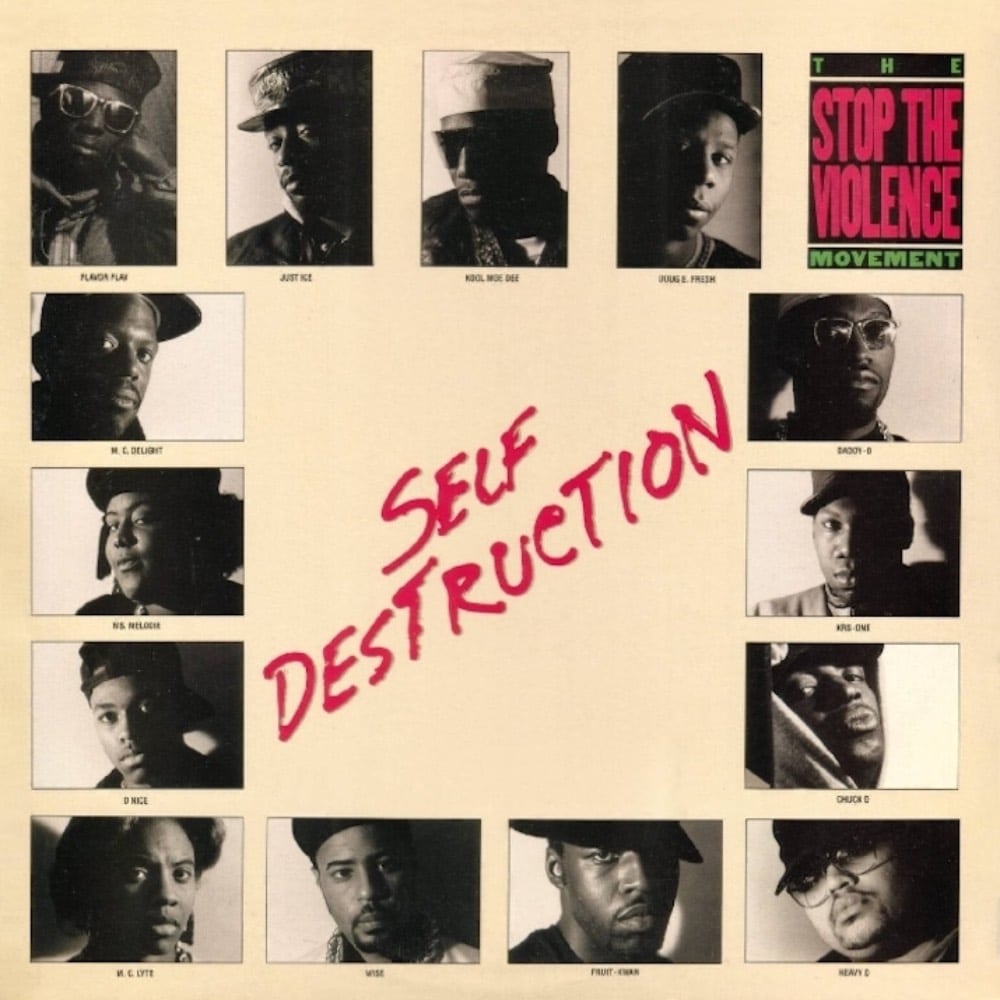
Artist: Stop the Violence Movement
Producer: KRS-One, D-Nice, Hank Shocklee (Assoc.)
Released: January 15, 1989
Album: N/A
Why it’s influential: With hip hop’s growing presence in the music industry, Billboard introduced a new chart under the name Hot Rap Singles. The first rap to top the chart was born out of tragedy; when a young fan was killed at a Boogie Down Productions and Public Enemy show, KRS-One gathered his peers together to record a song about anti-violence and donate the money to a charity.
The record included appearances from KRS-One, D-Nice, Ms. Melodie, MC Delite, Daddy-O, Wise, Frukwan, Kool Moe Dee, MC Lyte, Doug E. Fresh, Just-Ice, Heavy D, Chuck D and Flavor Flav.
“Fight the Power”

Artist: Public Enemy
Producer: The Bomb Squad
Released: July 4, 1989
Album: Fear of a Black Planet and Do the Right Thing: Original Motion Picture Soundtrack
Why it’s influential: “Fight the Power” was released as part of a masterful one-two punch; on Public Enemy’s third album, Fear of a Black Planet, as well as part of the sound for Do the Right Thing – two pieces of significant pieces of work that were hugely influential on the ‘90s as well as later decades.
“Mind Playing Tricks on Me”
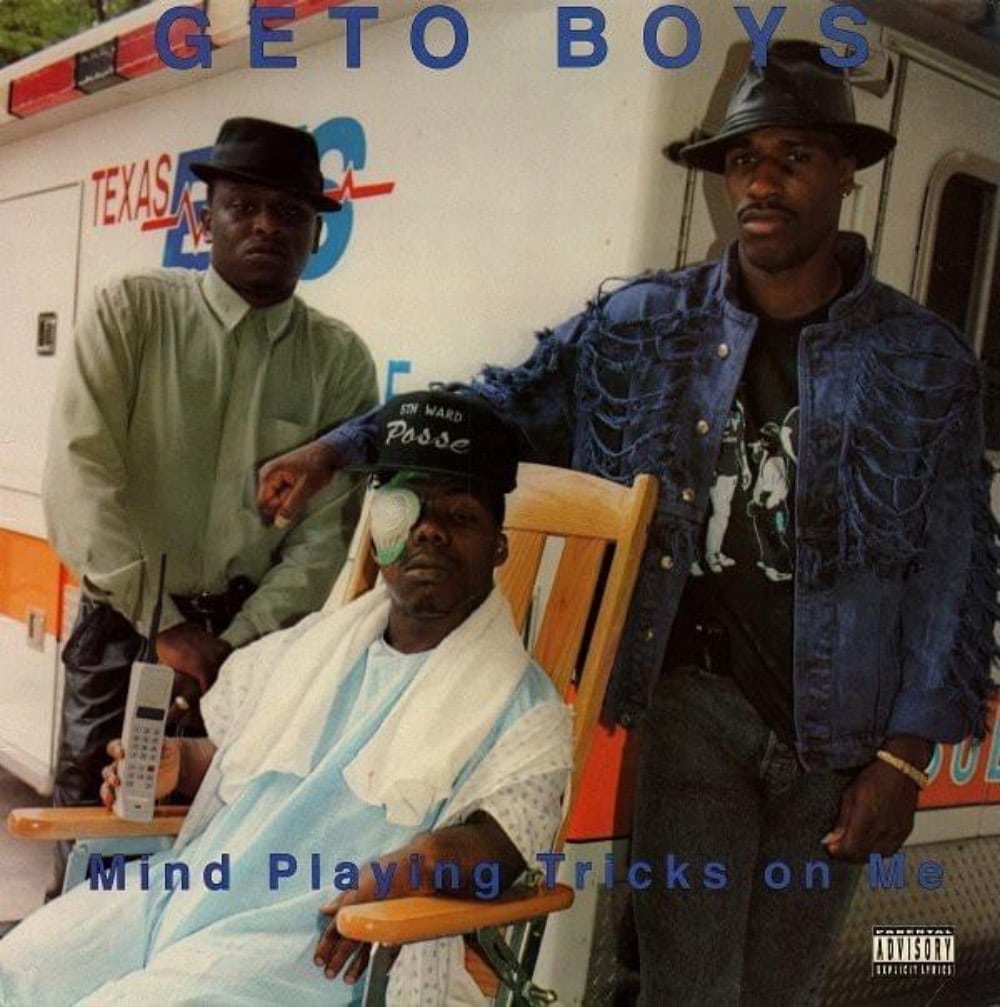
Artist: Geto Boys
Producer: Scarface
Released: July 1, 1991
Album: We Can’t Be Stopped
Why it’s influential: The Geto Boys caught lightning in a bottle when they looped up a sample of “Hung Up on My Baby” by Isaac Hayes and laid some of the most vivid and disturbing imagery over it. The result was the most influential and best song of 1991.
“A lot of people don’t know this but Geto Boys’ ‘My Mind Playing Tricks On Me’ is the song that inspired ‘Day ‘N’ Nite,’” Kid Cudi revealed in an interview with Complex. “‘My Mind Playing Tricks On Me’ is my favorite song in the world. I love it so much I wanted to make my own version of it. And then ‘Day ‘N’ Nite’ came out of it.”
“Deep Cover”
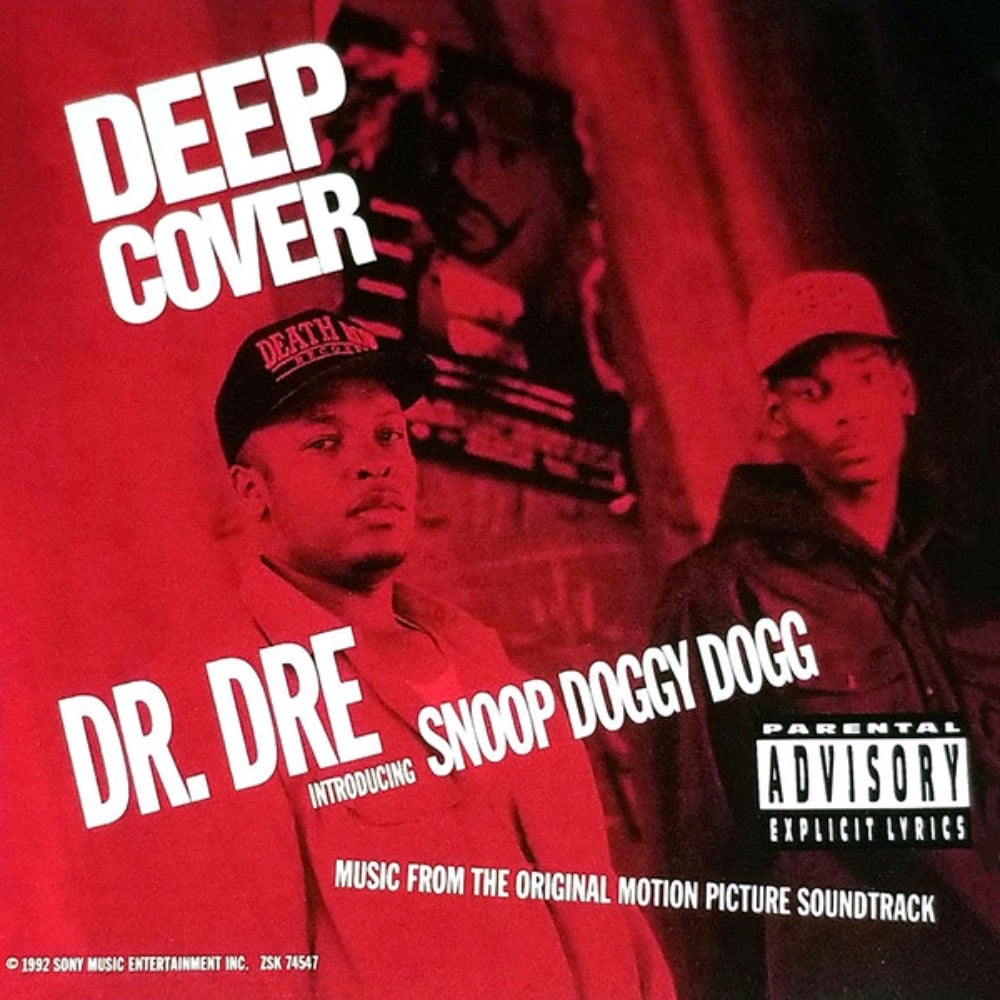
Artist: Dr. Dre ft. Snoop Doggy Dogg
Producer: Dr. Dre
Released: April 9, 1992
Album: Deep Cover (soundtrack)
Why it’s influential: After a dispute with Eazy-E and subsequently leaving Ruthless Records, Dre was in need of some inspiration for his next hit. That inspiration came in the form of a tall, lanky rapper from Long Beach who rhymed like the L.A. version of Slick Rick. Their first collaboration together, “Deep Cover”, for the film’s soundtrack laid the foundation for what would become the sound of The Chronic and the rest of Death Row Records.
“Nuthin’ But a ‘G’ Thang”
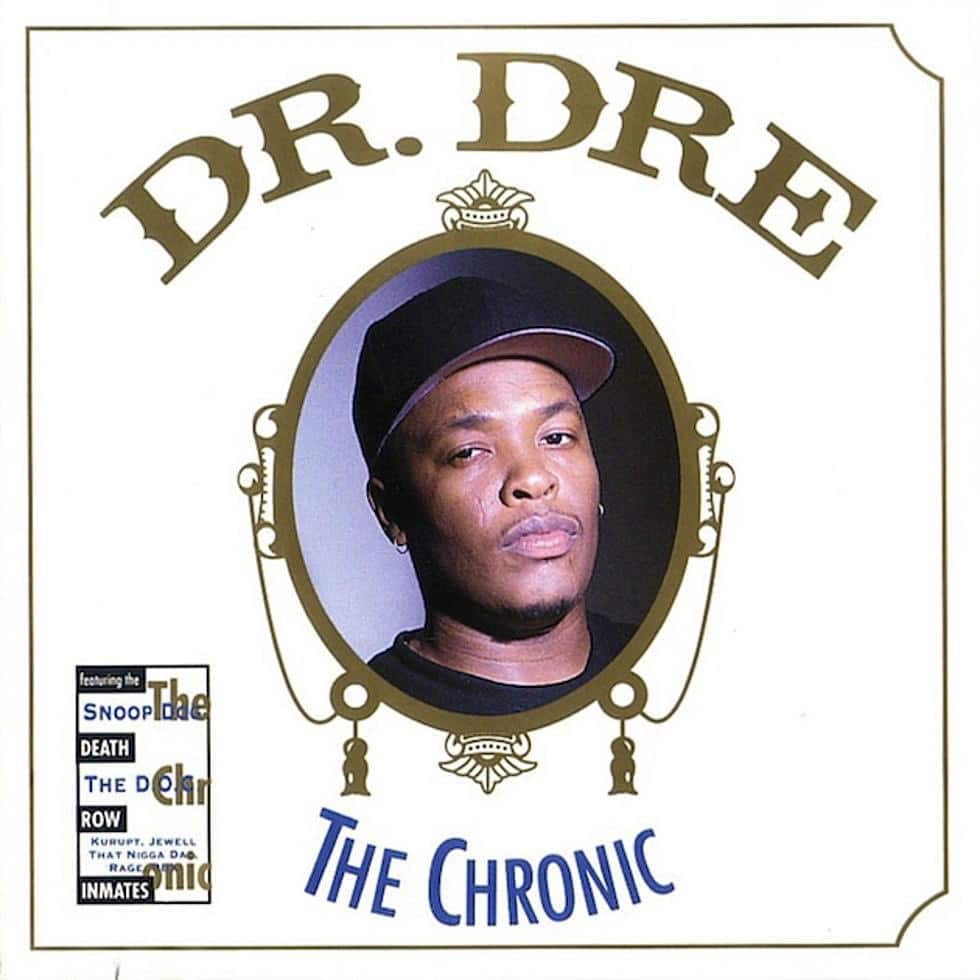
Artist: Dr. Dre ft. Snoop Doggy Dogg
Producer: Dr. Dre
Released: December 15, 1992
Album: The Chronic
Why it’s influential: “Deep Cover” was a mild success on the charts, and hinted at the chemistry Dre and Snoop had with each other, but no-one could have predicted what heights their follow-up single would reach. Off the strength of “Nuthin’ but a ‘G’ Thang”, “Fuck wit Dre Day (And Everybody’s Celebratin’)” and “Let Me Ride”, The Chronic shifted hip hop’s focal point from New York to L.A. overnight.
“C.R.E.A.M.”

Artist: Wu-Tang Clan
Producer: RZA
Released: November 9, 1993
Album: Enter the Wu-Tang (36 Chambers)
Why it’s influential: “Protect Ya Neck” was the breakout single that introduced the world to the nine masked members of the Wu-Tang Clan, but it was “C.R.E.A.M.” that really captured everyone’s attention. Driven by two stellar verses from Chef and Deck, and a timeless hook from Meth, “C.R.E.A.M.” is still the best-known Wu song of all time.
“N.Y. State of Mind”
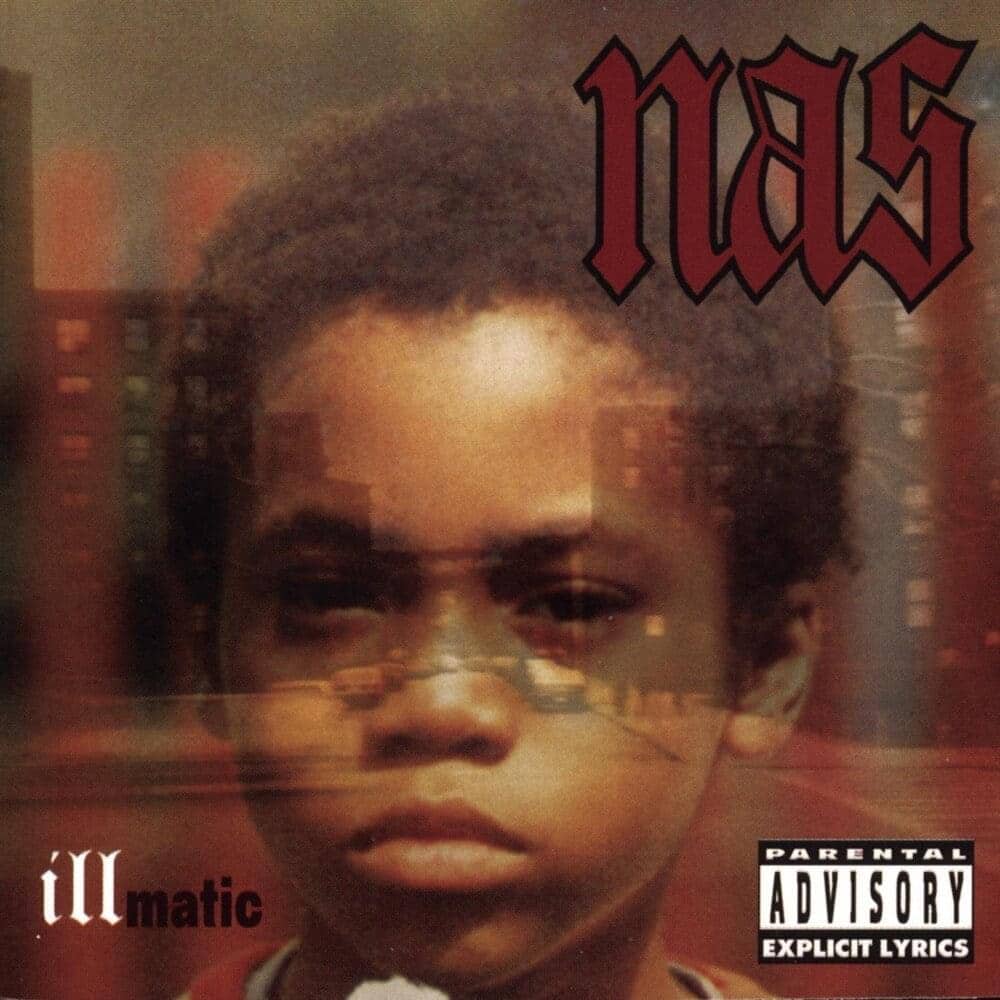
Artist: Nas
Producer: DJ Premier
Released: April 19, 1994
Album: Illmatic
Why it’s influential: At the tender age of 20, Nasir Jones completely changed the lyrical game with his 10-track masterpiece. He was a combination of Rakim, Slick Rick and Kool G Rap, but with an updated flow that connected the old school with the new era. There’s a strong case for “N.Y. State of Mind” being the best record off the best hip hop album of all time.
“Regulate”
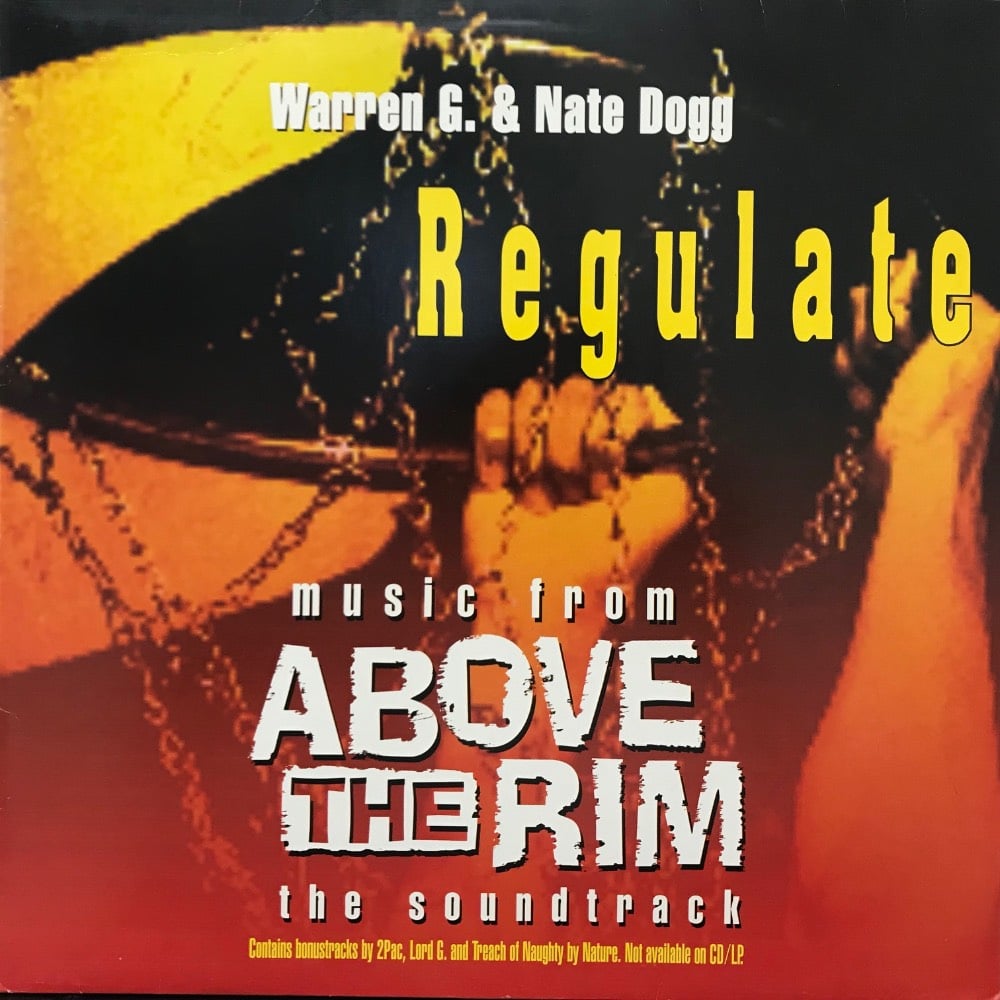
Artist: Warren G ft. Nate Dogg
Producer: Warren G
Released: April 28, 1994
Album: Regulate… G Funk Era
Why it’s influential: Setting aside the fact that “Regulate” is a timeless ‘90s record that featured one of Nate Dogg’s most memorable hooks, not a lot of people know that the song was also responsible for saving Def Jam from going under. Even with gold and platinum releases from Onyx, LL Cool J and Redman in the early ‘90s, the label was struggling financially. Thanks to Warren G’s 1994 album, Regulate…G Funk Era , which sold triple platinum, Def Jam were able to turn things around.
“Juicy”
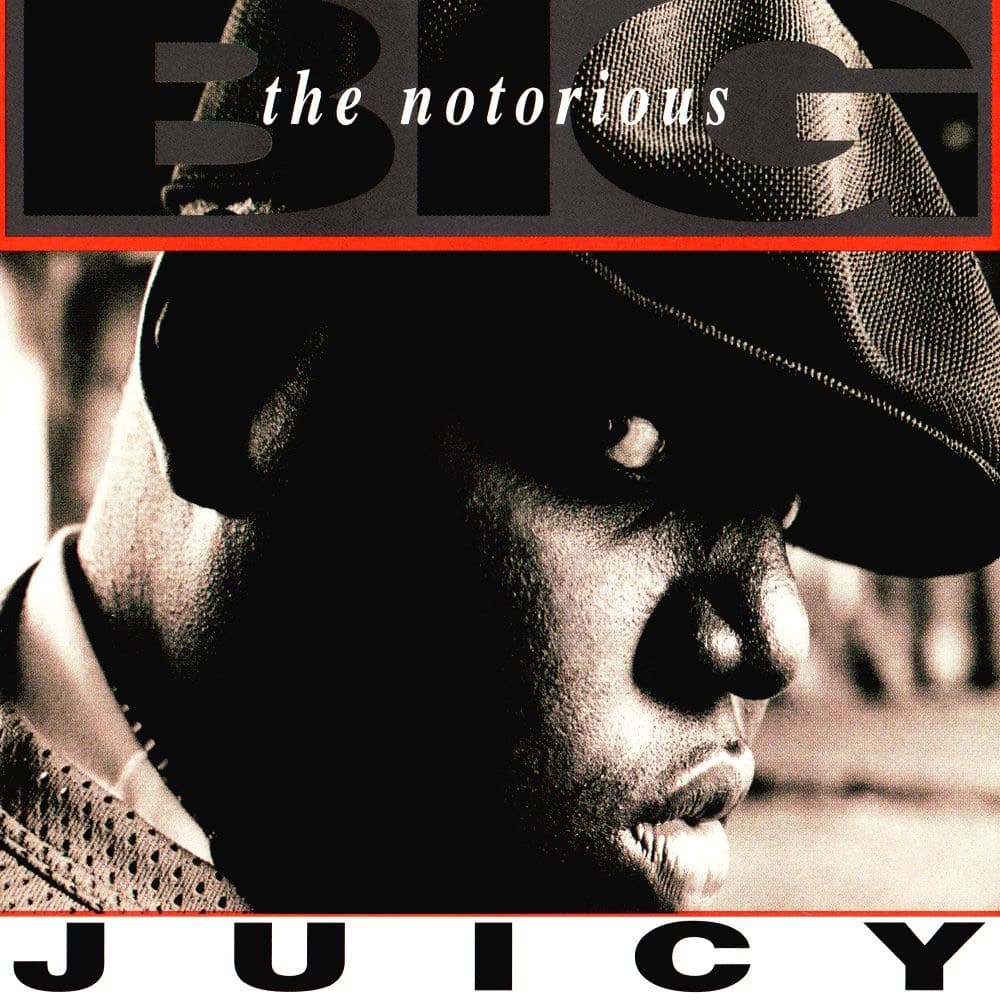
Artist: The Notorious B.I.G.
Producer: Poke, Sean “Puffy” Combs
Released: August 9, 1994
Album: Ready to Die
Why it’s influential: A few months before “Juicy” came out, Craig Mack had dropped “Flava in Ya Ear,” the debut single on Bad Boy Records. However, Mack wasn’t able to capitalise on his success, and it was up to Biggie to be the label’s flagship artist. “Juicy” wasn’t Big’s biggest single – “Big Poppa” and “One More Chance (Stay with Me Remix)” were most successful – but it catapulted him into the top of New York’s rap scene, and remains one of the greatest autobiographical hip hop songs ever.
“Can’t Nobody Hold Me Down”
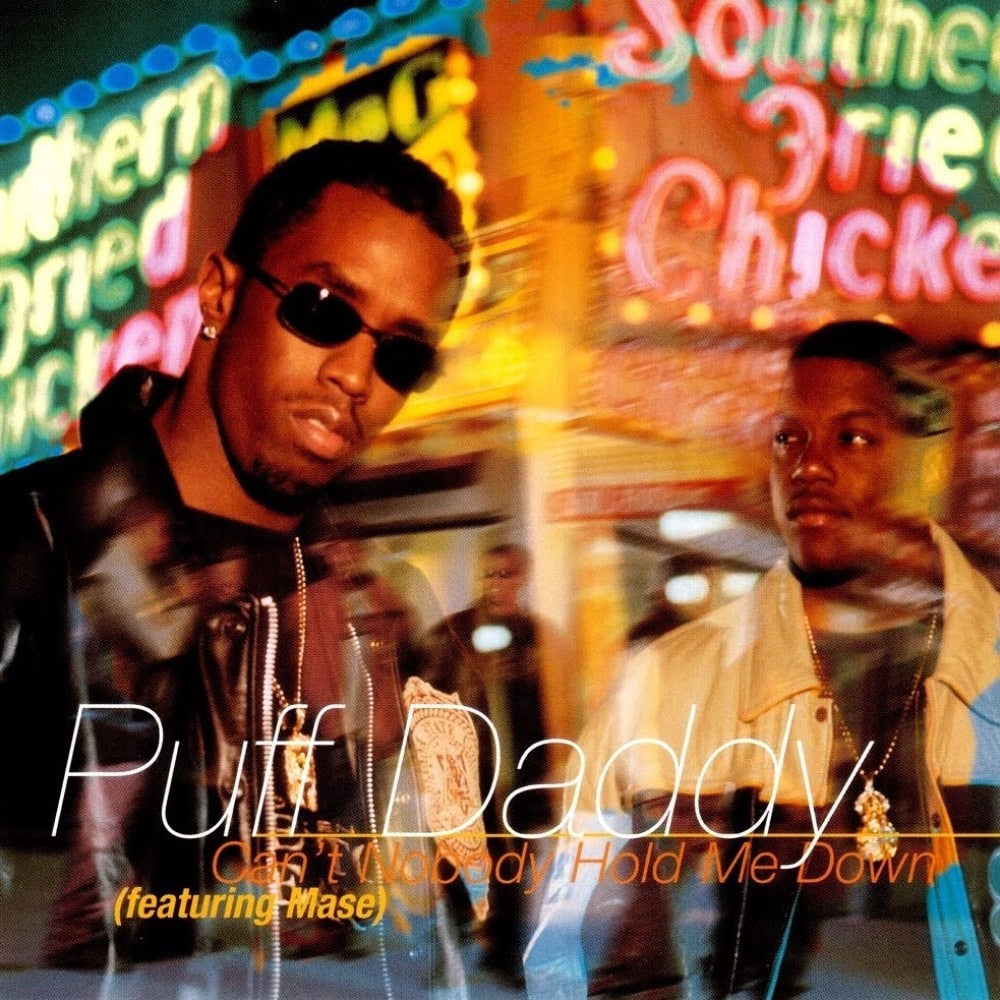
Artist: Puff Daddy ft. Mase
Producer: Carlos Broady, Sean “Puffy” Combs, Stevie J, Nashiem Myrick
Released: February 11, 1997
Album: No Way Out
Why it’s influential: Before this, Puffy was best known as the owner of Bad Boy Records, who guided Biggie from a local Brooklyn spitter to the hottest rapper in the game. But then he dropped “Can’t Nobody Hold Me Down,” and the album, No Way Out, sold 7 million copies, and it became a whole other game.
This was the start of Bad Boy’s complete domination of the Billboard charts; “Can’t Nobody Hold Me Down” topped the charts for six weeks, followed by “Hypnotize”, then “I’ll Be Missing You” which ruled for 11 weeks, then “Mo Money Mo Problems”, and lastly Mariah Carey’s “Honey”, which was also produced by Puffy.
“Hard Knock Life (Ghetto Anthem)”
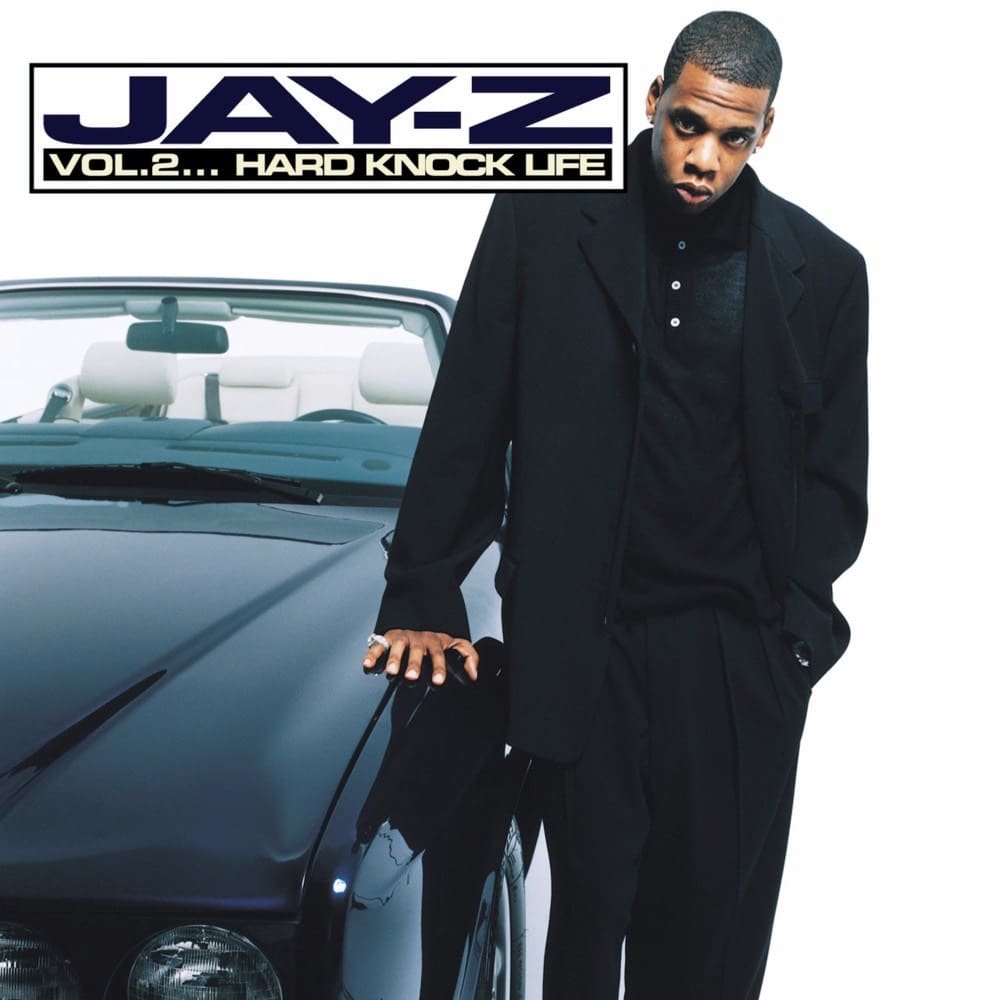
Artist: Jay-Z
Producer: The 45 King
Released: October 27, 1998
Album: Vol. 2… Hard Knock Life
Why it’s influential: By ‘98, Jay-Z had already amassed an impressive catalogue, the critical darling Reasonable Doubt and the solid In My Lifetime, Vol. 1 , but when he dropped “Hard Knock Life (Ghetto Anthem)”, it was like something had clicked. Suddenly he couldn’t miss, and it wasn’t long before he wrestled the King of New York crown away from Nas to sit on the throne for a very long time.
“Get at Me Dog”
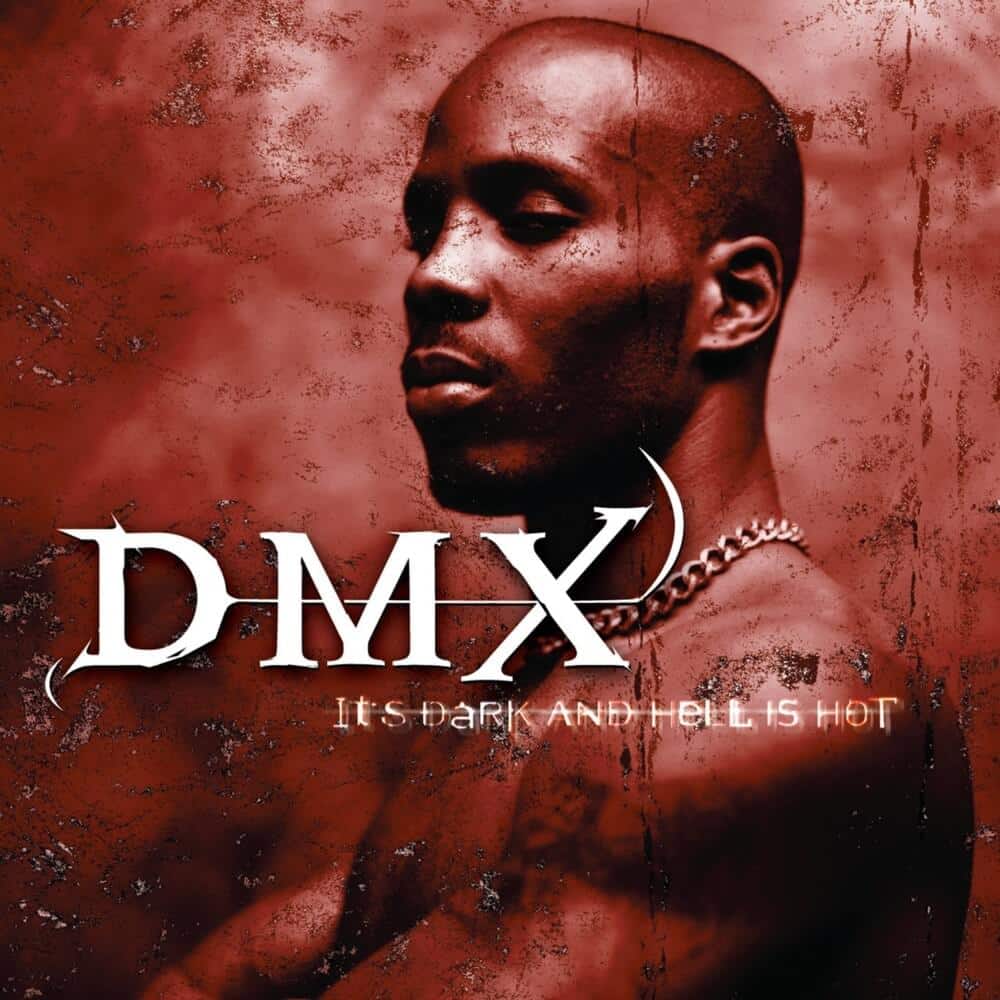
Artist: DMX ft. Sheek Louch
Producer: P.K., Dame Grease
Released: February 10, 1998
Album: It’s Dark and Hell Is Hot
Why it’s influential: You have to remember in ‘98, hip hop was dominated by Puffy and his endless stream of chart-topping hits referencing champagne and mink coats. So when a stick-up kid from Yonkers came through with a growling flow and barking ad-libs, he literally stuck the rap game up.
“Get at Me Dog” was a gritty debut single that broke open the door for DMX to drop two number one albums in one year, and bring hip hop back to the streets. This paved the way for street-oriented rap acts who also had their eye on the charts like The LOX and 50 Cent.
“Skew It on the Bar-B”
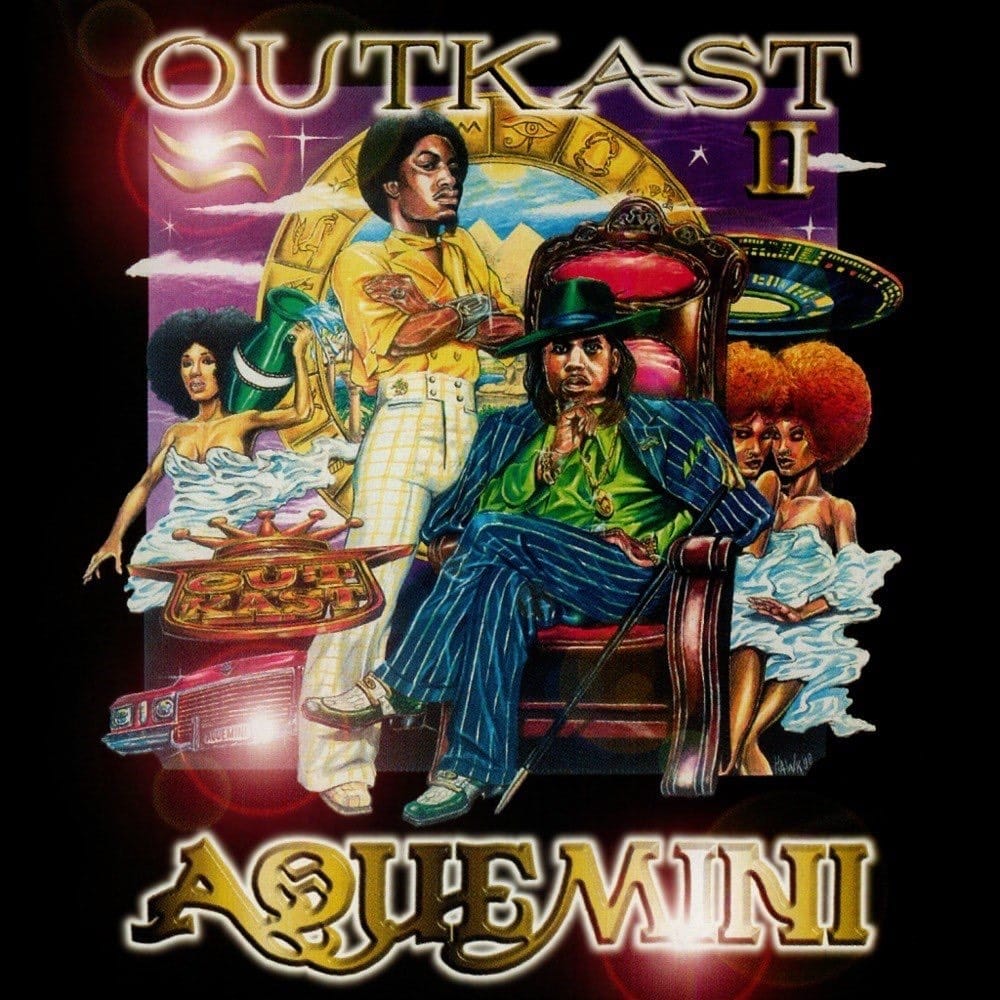
Artist: OutKast ft. Raekwon
Producer: Organized Noize
Released: August 23, 1998
Album: Aquemini
Why it’s influential: After a chance encounter between Raekwon and Big Boi at a mall in Atlanta, Chef connected with the duo and delivered a classic verse. This was a huge record that helped push the South into hip hop’s mecca at the time.
“Big Pimpin'”

Artist: Jay-Z ft. UGK
Producer: Timbaland
Released: April 11, 2000
Album: Vol. 3… Life and Times of S. Carter
Why it’s influential: Before “Big Pimpin’”, UGK were a respected duo from Port Arthur, Texas who had already put out three decent-selling albums, with no hit singles. “Big Pimpin’” was the biggest hit off Jay-Z’s fourth album when it reached 18 on the Billboard pop charts and helped introduce UGK to a wider audience.
“Still D.R.E.”
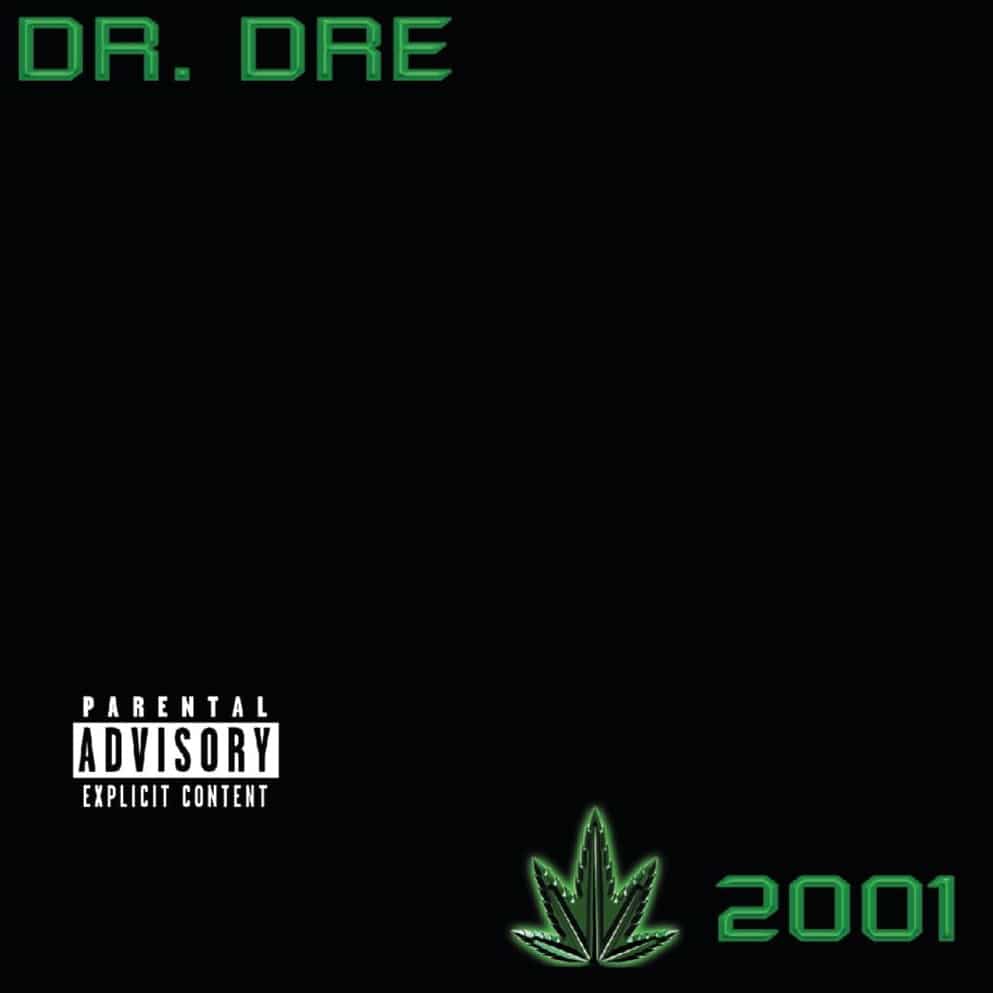
Artist: Dr. Dre ft. Snoop Dogg
Producer: Dr. Dre, Mel-Man
Released: November 2, 1999
Album: 2001
Why it’s influential: After breaking off from Ruthless Records, and then Death Row Records, Aftermath was Dre’s third crack at building his own music empire. It had been seven years since Dre’s last successful solo release so the stakes were high. Bringing in Jay-Z to pen the lyrics and Scott Storch to inject some fresh energy, Dre connected back with Snoop Dogg to let the world know it was still business as usual.
“Back That Azz Up”
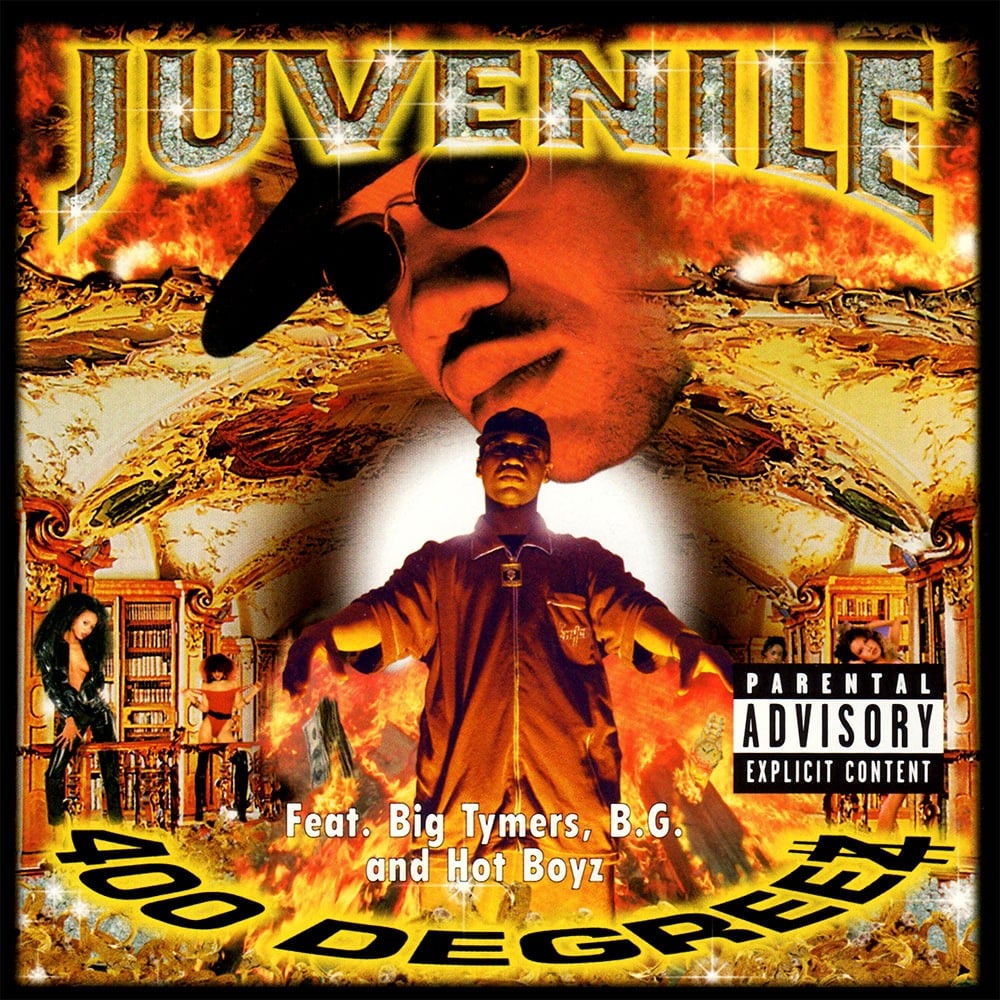
Artist: Juvenile ft. Mannie Fresh and Lil Wayne
Producer: Mannie Fresh
Released: June 11, 1999
Album: 400 Degreez
Why it’s influential: Following Cash Money’s historic $30 million deal with Universal Records, Juvenile’s album was primed to establish the New Orleans label as the top dog in the south. “Back That Azz Up” was the biggest hit off 400 Degreez and helped introduce Lil Wayne and Mannie Fresh to a wider audience.
“Bling Bling”
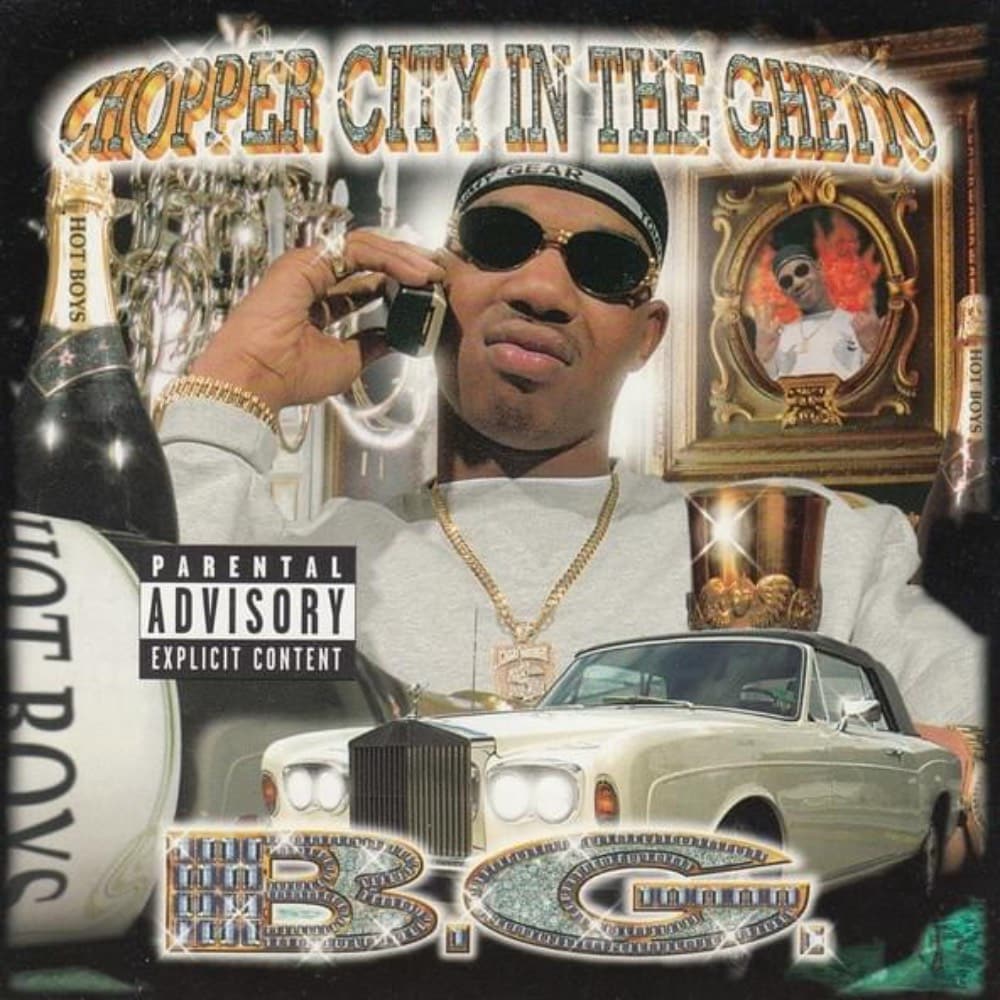
Artist: B.G. ft. Hot Boys and Big Tymers
Producer: Mannie Fresh
Released: July 20, 1999
Album: Chopper City in the Ghetto
Why it’s influential: “Bling bling, every time I come around your city.” When you have a song that’s responsible for the term bling-bling being entrenched in pop culture, how can it not be one of the most influential rap records ever?
“Stan”
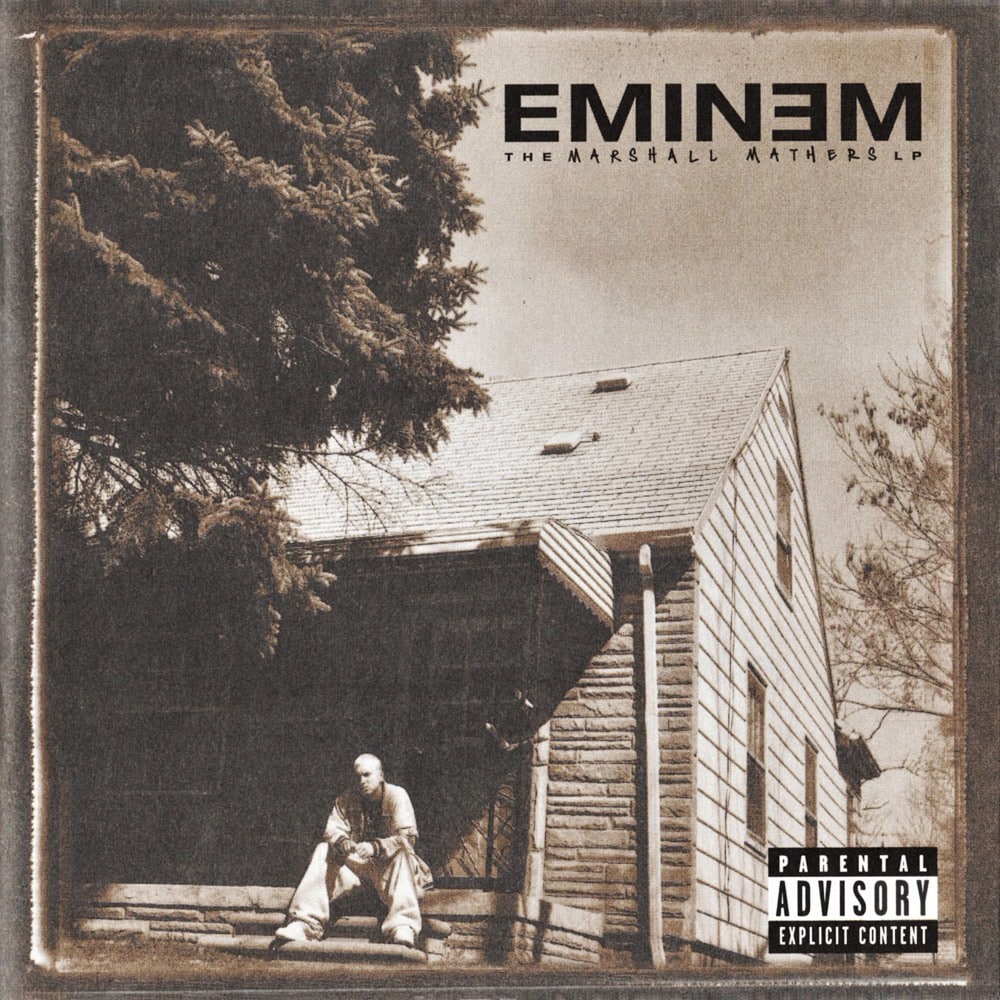
Artist: Eminem ft. Dido
Producer: The 45 King, Eminem (co.)
Released: May 23, 2000
Album: The Marshall Mathers LP
Why it’s influential: Eminem took the word “Stan” and transformed it into an “overzealous and obsessed fan.” People now use the word “Stan” outside of rap culture, as part of every day lexicon.
“Ether”
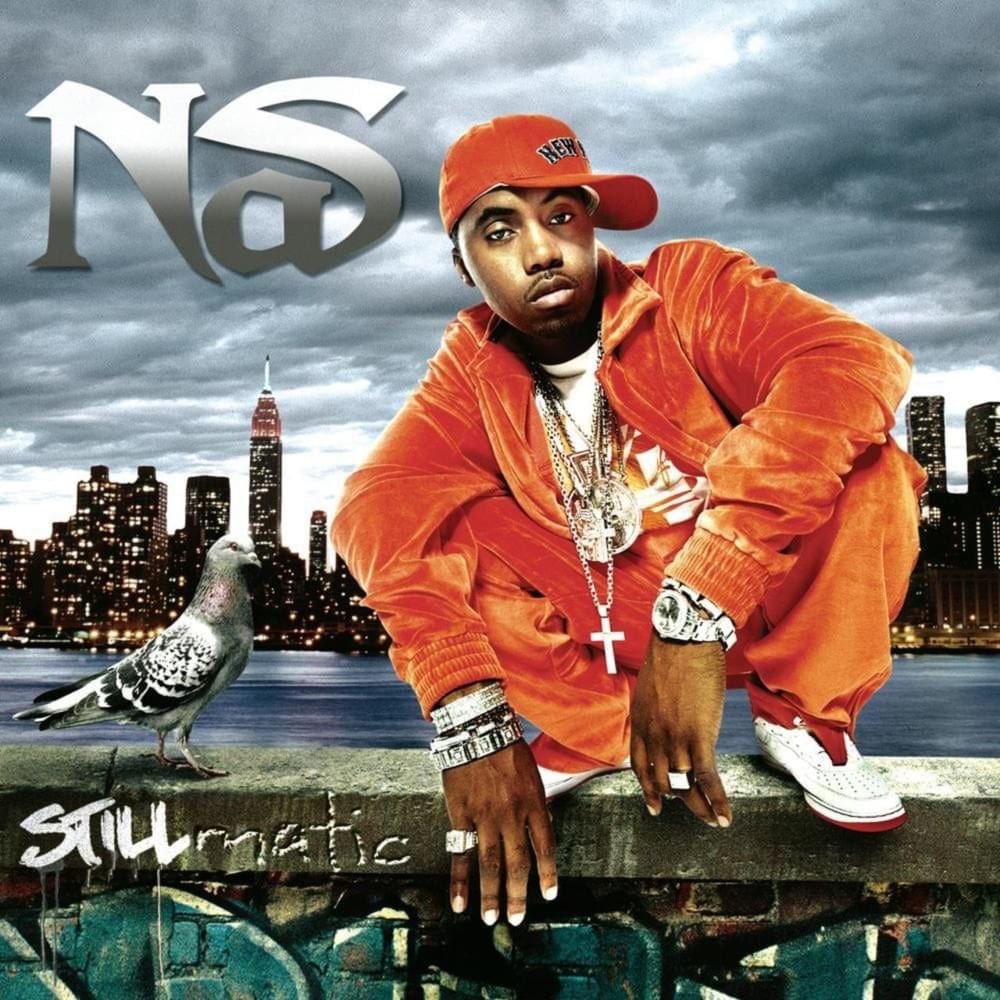
Artist: Nas
Producer: Ron Browz
Released: November 23, 2001
Album: Stillmatic
Why it’s influential: Just like Eminem turned “Stan” into a noun, Nas turned “Ether” into a verb. It also helped that he referred to Eminem murdering Jay-Z on his own shit, which helped propagate the usage of “ethering” someone.
“Grindin’”

Artist: Clipse
Producer: The Neptunes
Released: May 14, 2002
Album: Lord Willin’
Why it’s influential: Pusha T and Malice took their influences from Raekwon and Jay-Z, then teamed up with fellow Virginia music-makers, The Neptunes, for this trunk-rattling classic. This is coke rap at its highest, catchiest level, and “Grindin’” will forever live on in school cafeterias.
“Hey Ya!”

Artist: Outkast
Producer: Andre 3000
Released: August 25, 2003
Album: Speakerboxxx/The Love Below
Why it’s influential: People tend to forget that before Kanye was leading the charge for a new type of rapper in the mainstream, Andre 3000 was already doing it. Released in the middle of 50 Cent’s hype cycle, “Hey Ya!” was completely different to anything else in music at the time and helped to stretch the public’s imagination of what hip hop could be. This definitely paved the way for Kanye to come through the next year.
“Through the Wire”
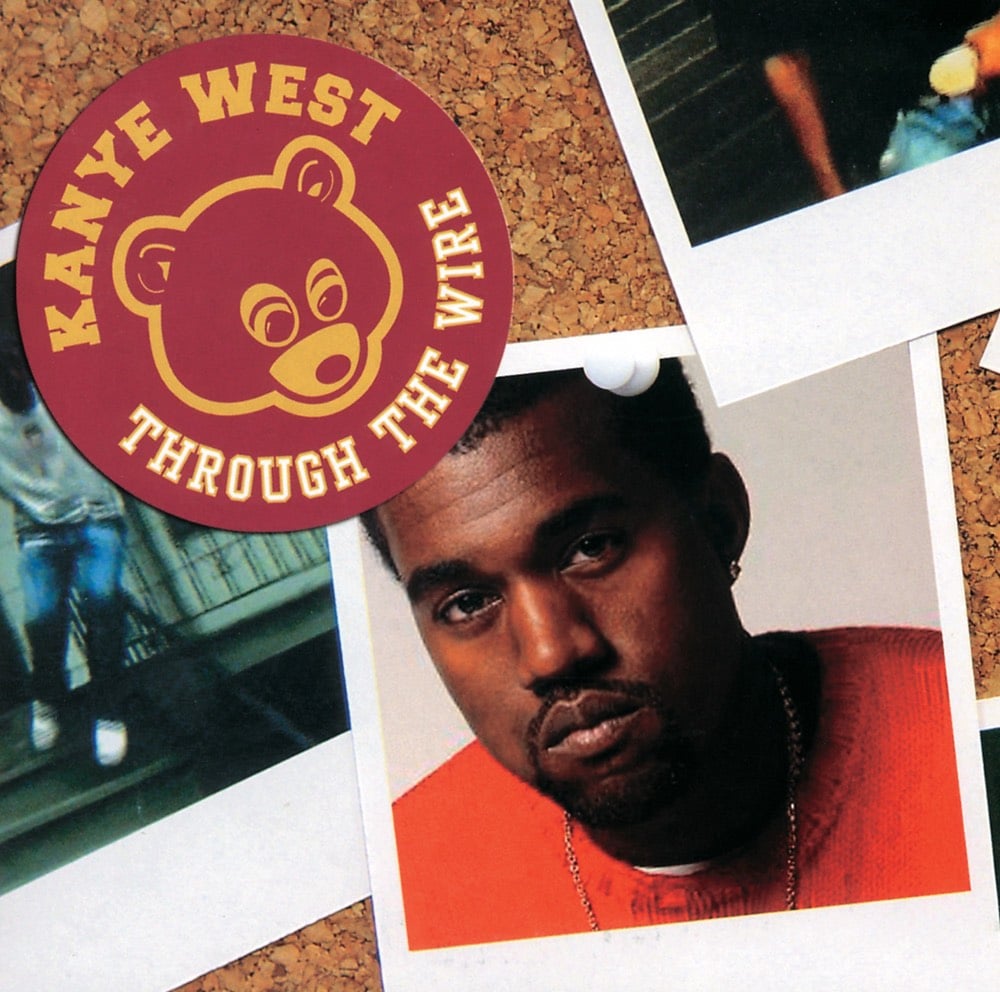
Artist: Kanye West
Producer: Kanye West
Released: September 30, 2003
Album: The College Dropout
Why it’s influential: We’re nearly 20 years from Kanye’s debut album so it can be hard to remember the impact of The College Dropout, but it was genuinely the start of a new era in rap music. In 2004, hip hop was still dominated by Aftermath, Shady and G-Unit, so when a Chicago rapper who liked to rock polos and backpacks dropped a debut single featuring himself rapping with a wired jaw, it was intriguing. “Through the Wire” received strong radio airplay and commercial success right out the gate, and it instantly made Kanye into a star.
“Still Tippin'”
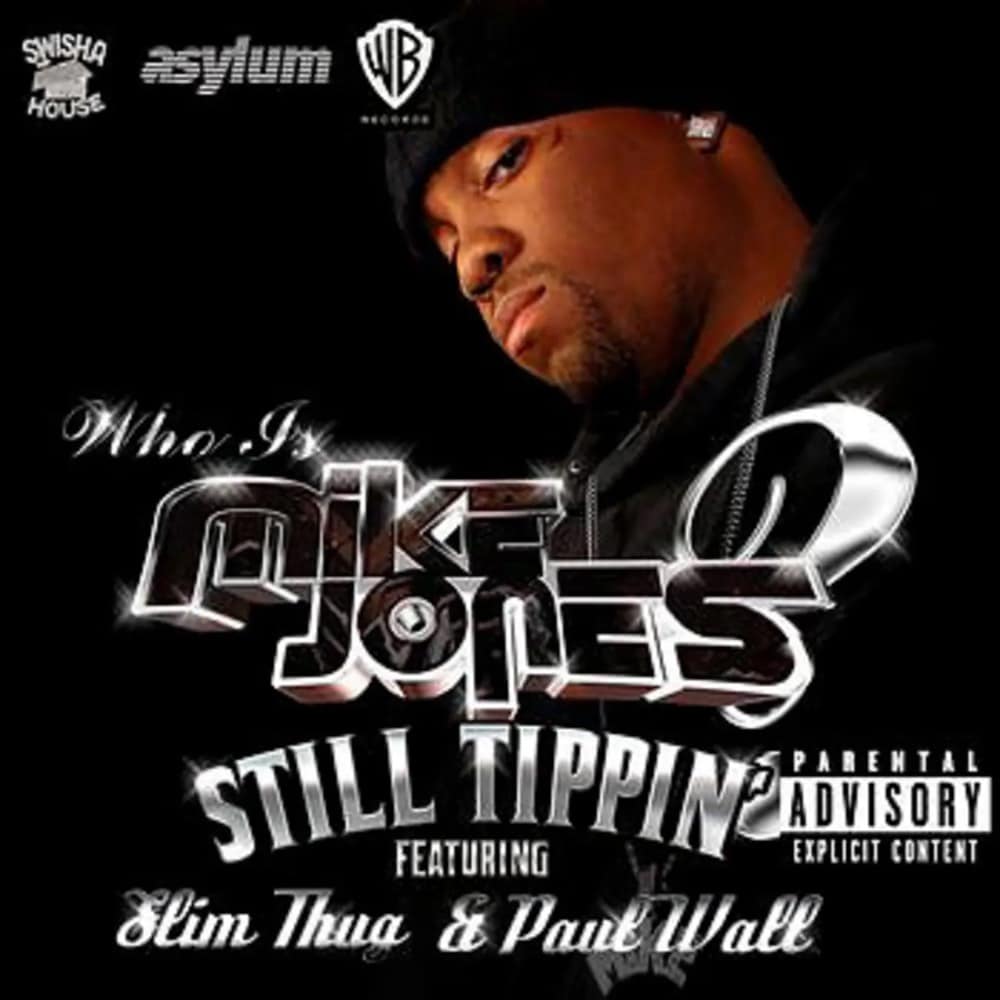
Artist: Mike Jones ft. Slim Thug & Paul Wall
Producer: Salih Williams
Released: November 12, 2004
Album: Who Is Mike Jones?
Why it’s influential: The Houston rap scene had enjoyed some success in the earlier years, predominantly from the Geto Boys and DJ Screw’s chopped and screwed tapes. But then Mike Jones came along and dropped “Still Tippin’” and it became a whole movement in the city. Suddenly Houston rappers like Paul Wall, Slim Thug and Chamillionaire were dropping gold and platinum records left, right and centre. Even to this day, artists like Drake and A$AP pay tribute to Houston’s hip hop culture.
“Go Crazy”
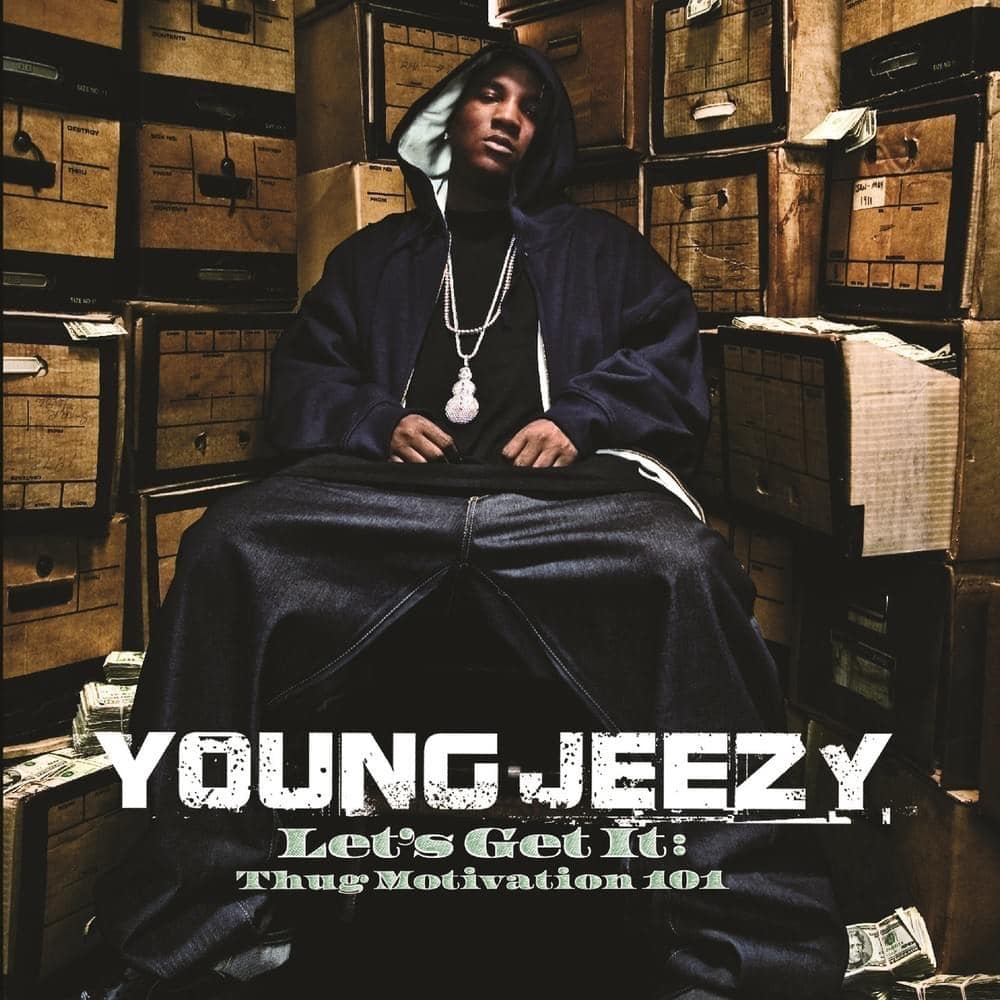
Artist: Young Jeezy
Producer: Don Cannon
Released: August 16, 2005
Album: Let’s Get It: Thug Motivation 101
Why it’s influential: Young Jeezy was never the most gifted wordsmith. He was never as prolific as Gucci Mane, lyrically dexterous as T.I., or witty and memorable as Lil Wayne. But when he rapped, people listened. Let’s Get It: Thug Motivation 101 is the greatest trap album of all time, and “Go Crazy” was the best song off the record. A Hov guest verse was just the icing on the cake; the stamp of approval from coke rap’s greatest artist.
“We Takin’ Over”
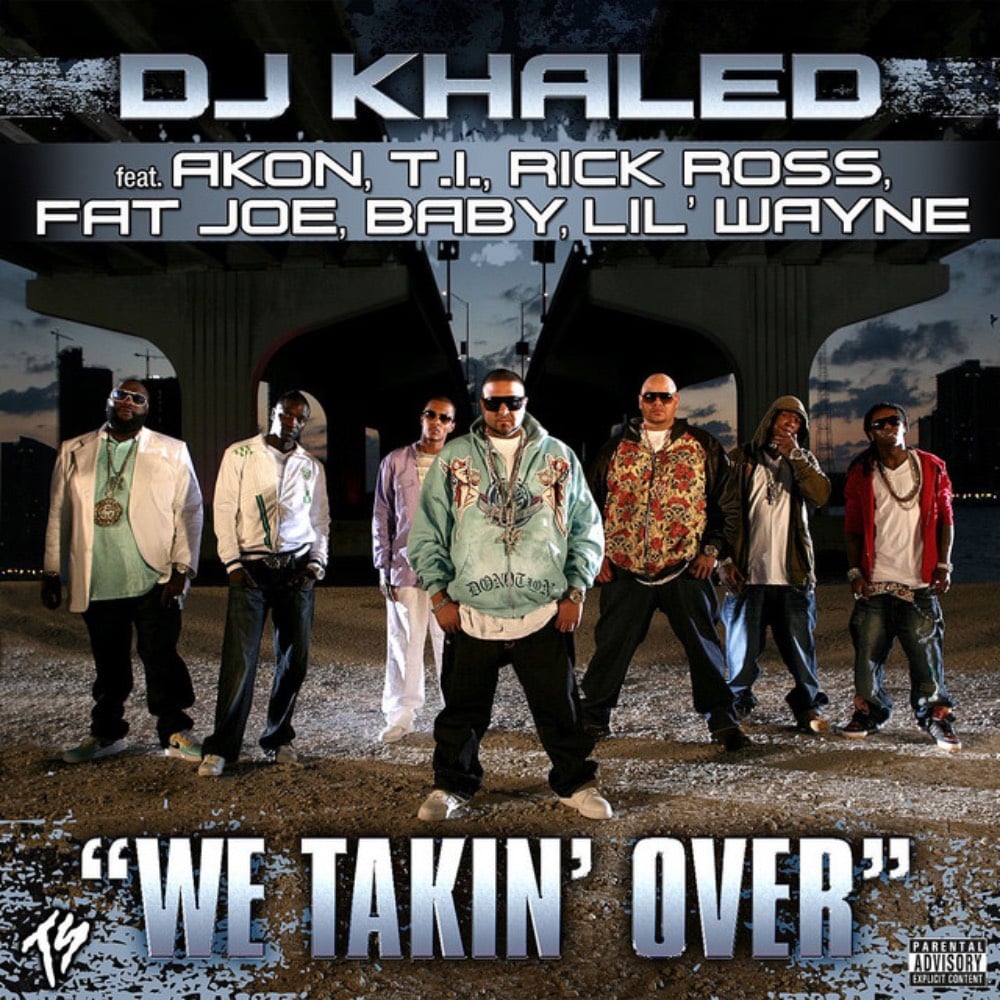
Artist: DJ Khaled ft. Akon, T.I., Rick Ross, Fat Joe, Birdman and Lil Wayne
Producer: Danja
Released: March 27, 2007
Album: We the Best
Why it’s influential: Lil Wayne had been telling people he was the best rapper alive since Tha Carter II , but in 2007, it became the certified truth, largely thanks to his verse on this DJ Khaled posse cut. This is Weezy’s greatest verse of all time, just off impact alone, and provided the launchpad for what would later become the Young Money dynasty featuring Drake and Nicki Minaj.
“Crank That (Soulja Boy)”
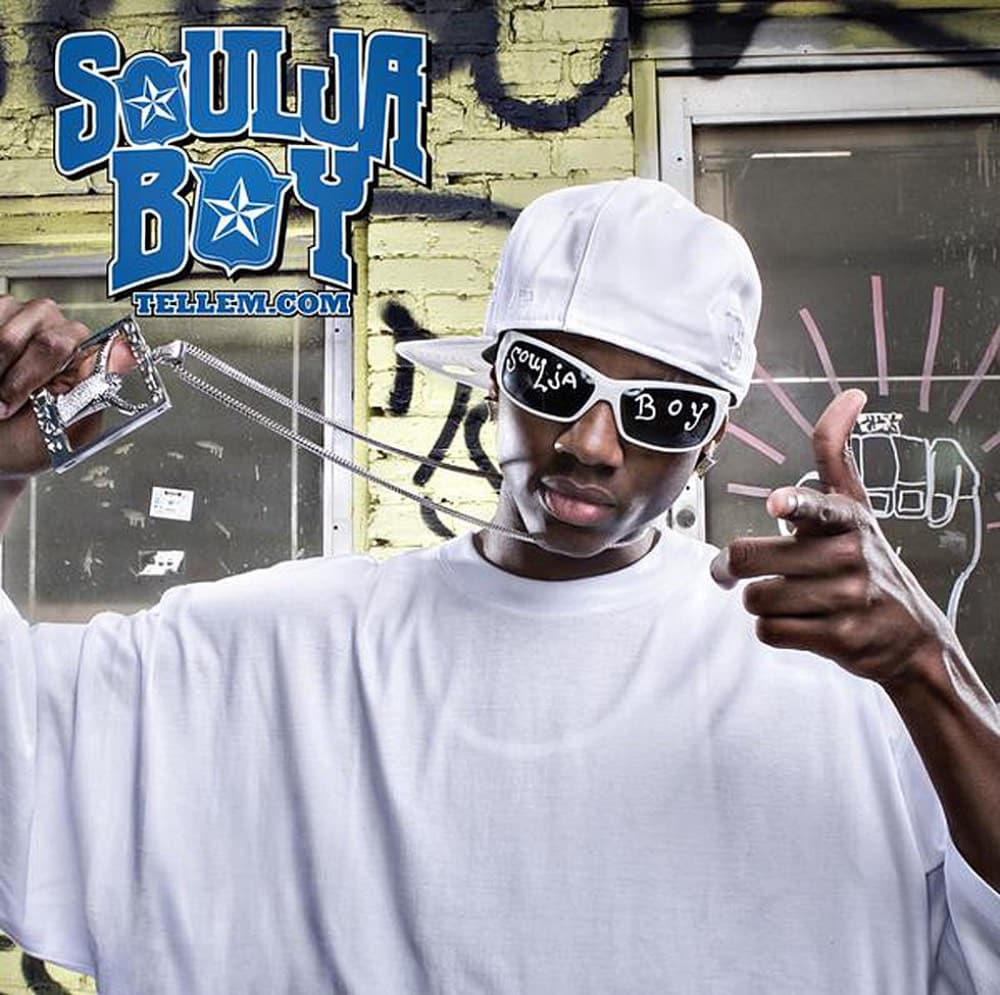
Artist: Soulja Boy
Producer: Soulja Boy
Released: May 2, 2007
Album: souljaboytellem.com
Why it’s influential: The beat sounded cheap and flimsy, the rapping was atrocious and the subject matter hasn’t aged very well, but you can’t deny the impact of “Crank That (Soulja Boy).” This record, and the way Soulja Boy distributed and promoted it, showed internet rappers for the next 10 years how to get on. No longer were artists putting out demos and mixtapes, and waiting to be signed.They were taking things into their own hands, uploading music and shooting videos to build their own audience online.
“Say You Will”
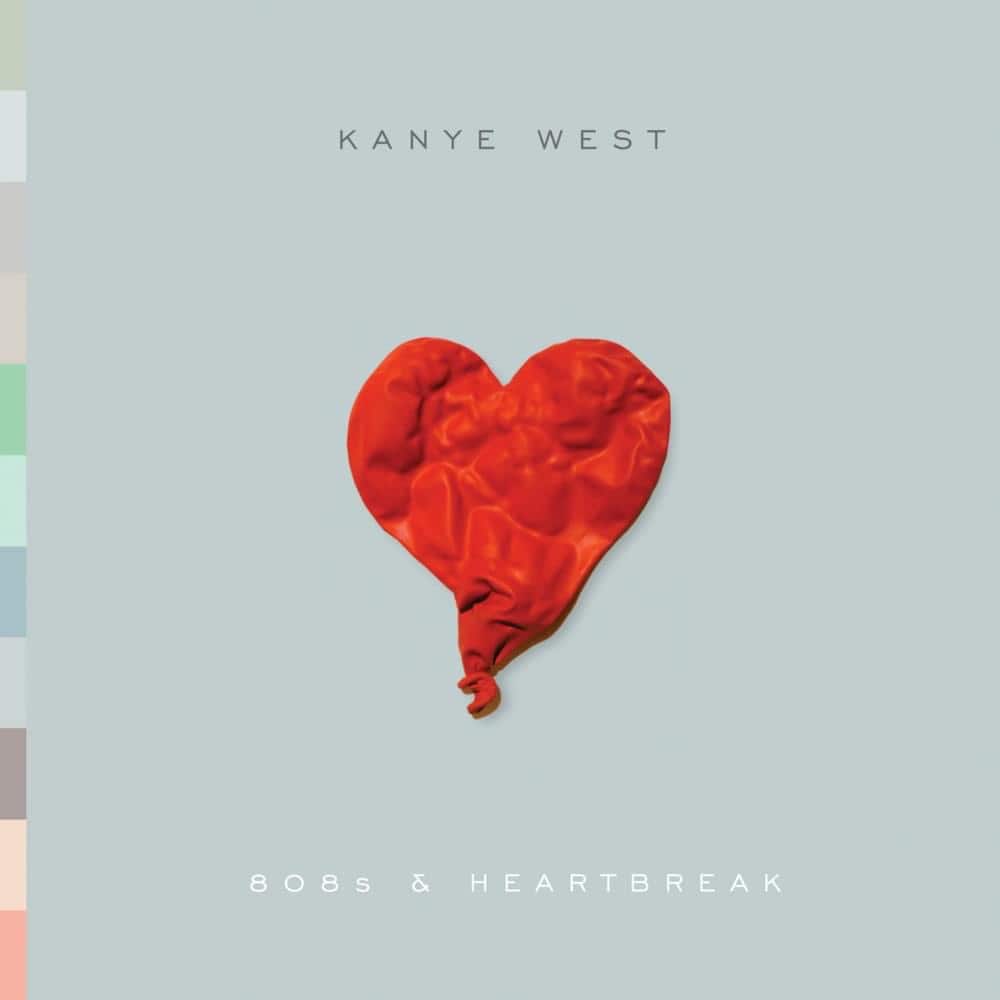
Artist: Kanye West
Producer: Kanye West
Released: November 24, 2008
Album: 808s & Heartbreak
Why it’s influential: There’s a very clear line between “Say You Will” and the origins of the current biggest rapper in the game. I don’t think it would be an overstatement to say that without Kanye dropping 808s, the rap game might look very different right now.
“Hard in da Paint”
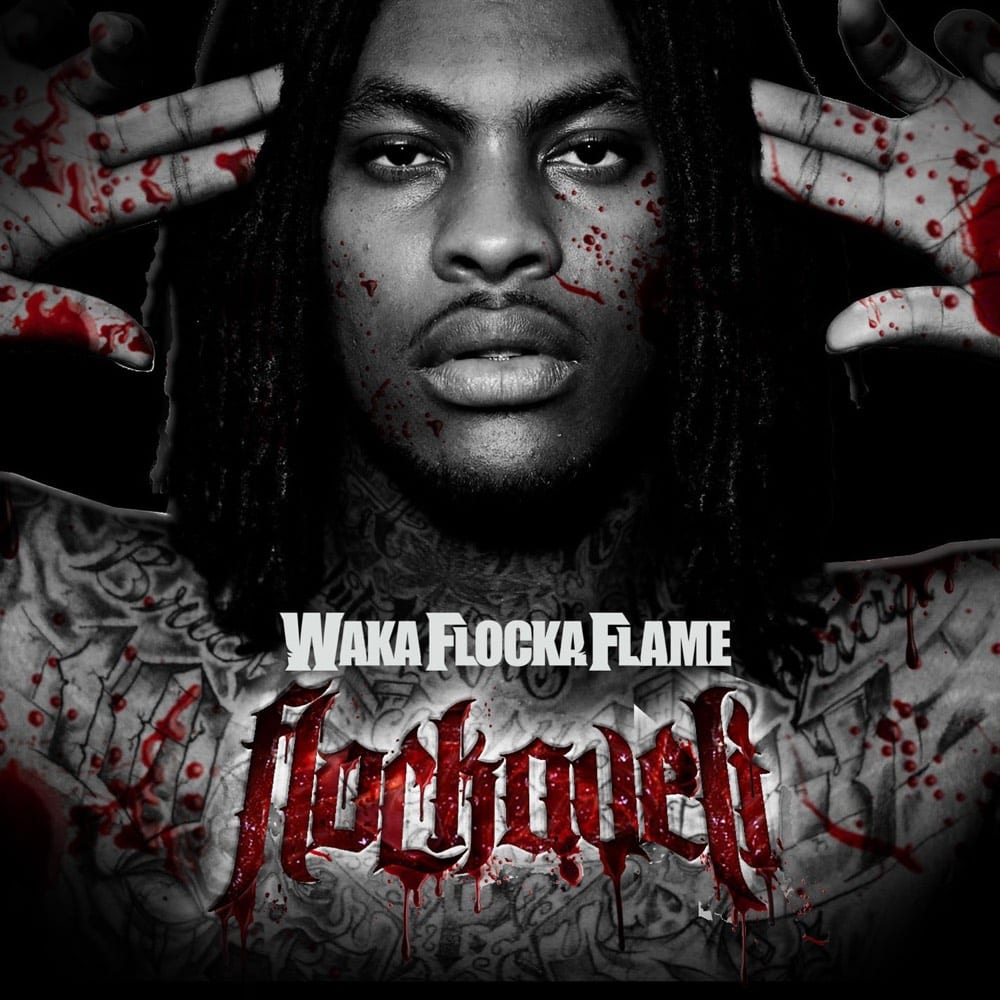
Artist: Waka Flocka Flame
Producer: Lex Luger
Released: May 13, 2010
Album: Flockaveli
Why it’s influential: Before Waka Flocka Flame connected with Lex Luger, trap music was largely dominated by the sounds of Young Jeezy, T.I. and Gucci Mane. But when “Hard in da Paint” hit with its menacing, orchestral strings, trap music suddenly became the Lex Luger sound. Overnight artists like Rick Ross, Jay-Z and Kanye were tapping the young producer for his energy and ominous trap strings.
“I Don’t Like”
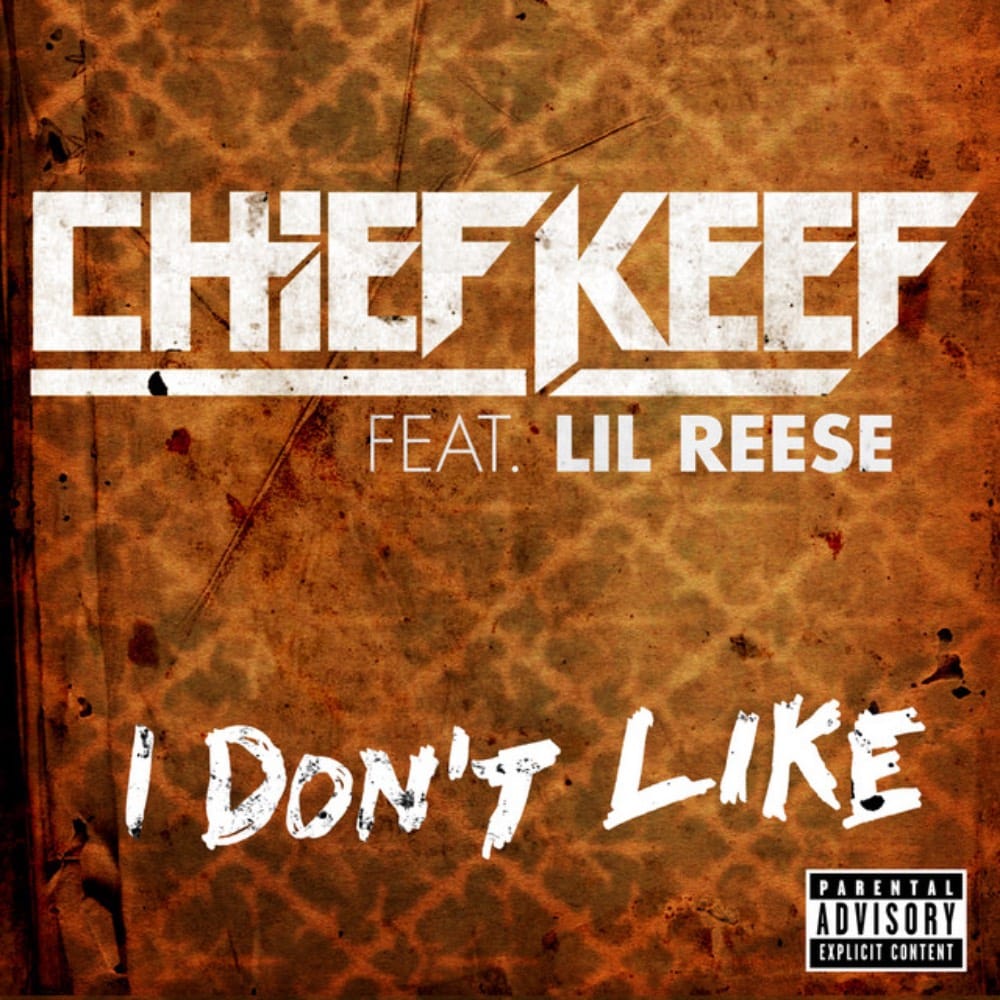
Artist: Chief Keef ft. Lil Reese
Producer: Young Chop
Released: March 11, 2012
Album: Finally Rich
Why it’s influential: Chief Keef took what Soulja Boy did a few years earlier and applied it with a Chicago flavour. Under house arrest for firing a gun in Chicago’s Washington Park neighborhood, Chief Keef shot and released the video for “I Don’t Like.”
To say the song had a massive impact would be an understatement; “I Don’t Like” spearheaded the Chicago drill movement, with a number of rappers signing record deals following Keef’s success, including Lil Durk, King Louie, Fredo Santana and Lil Reese. But Keef’s influence extends way beyond Chicago and across a spectrum of rappers who made a name for themselves predominantly online (which is basically everyone these days).
“Versace”
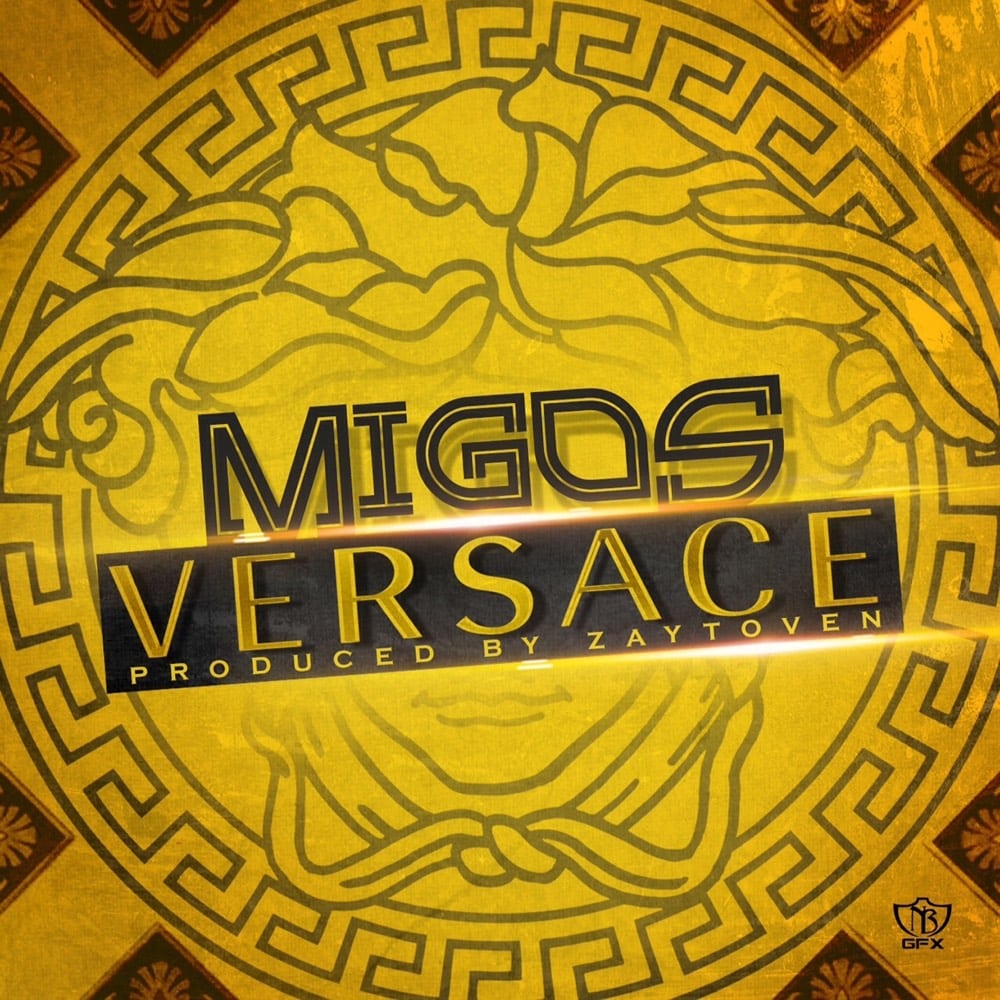
Artist: Migos
Producer: Zaytoven
Released: July 8, 2013
Album: Y.R.N. (Young Rich Niggas)
Why it’s influential: Migos might not have been the first rap act to use the triplet flow – Three 6 Mafia and Bone Thugs-N-Harmony were using it back in the ’90s – but they damn sure popularised it. There was a time in 2013-2014 where every other rapper was using the “Migos flow”, including Drake, Kanye, Jeezy, Future, Meek Mill, J. Cole and plenty more.
